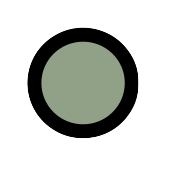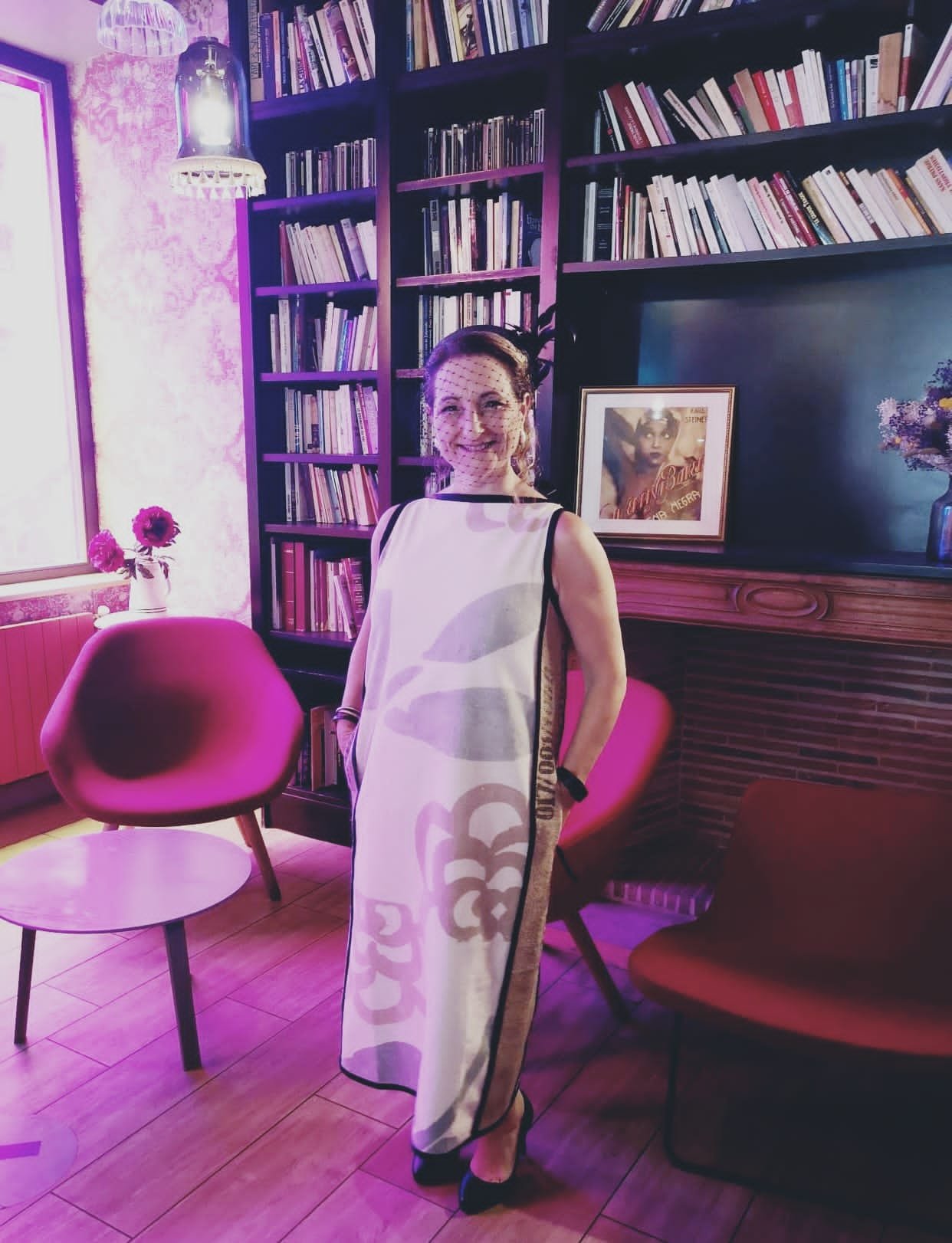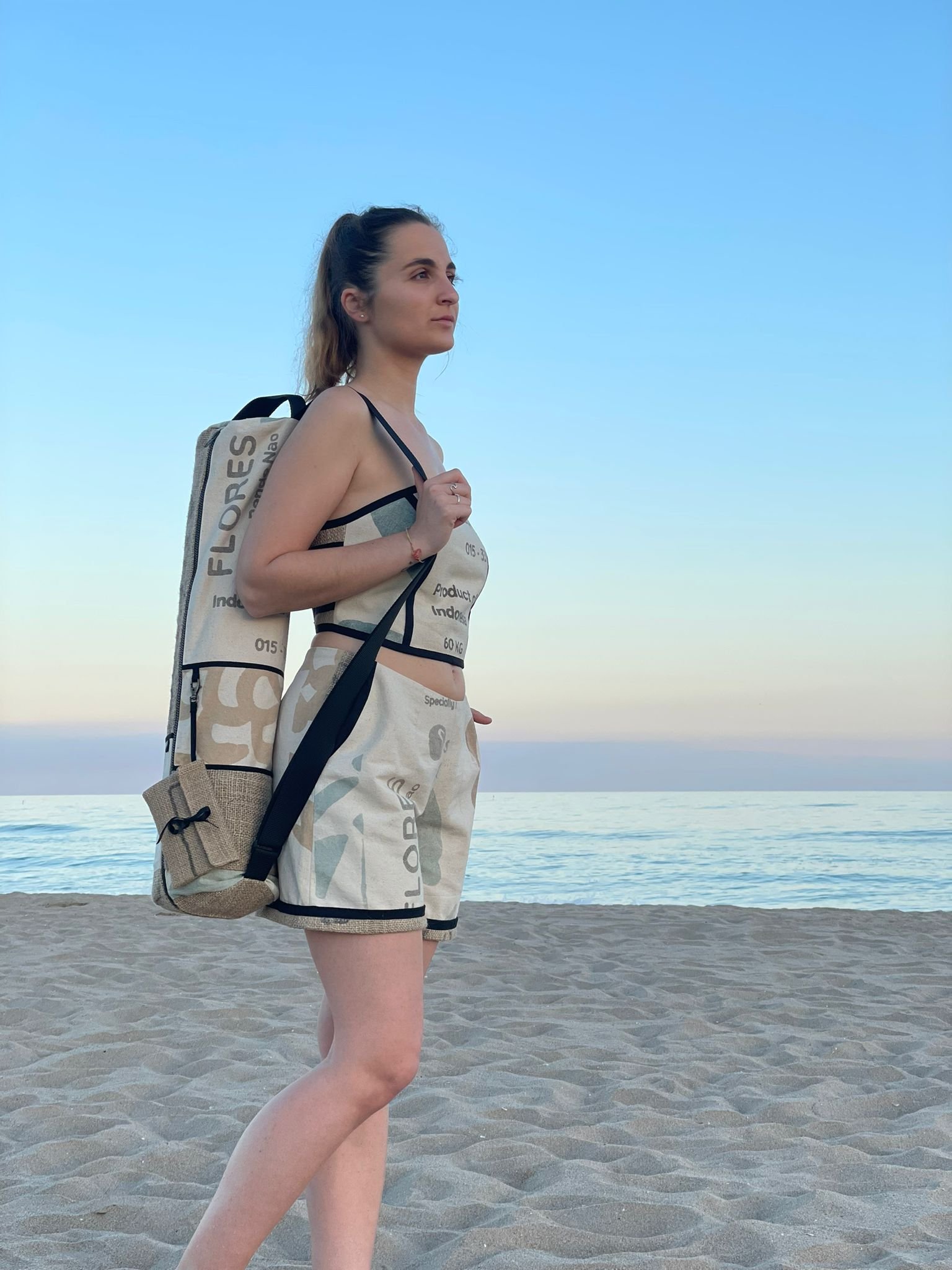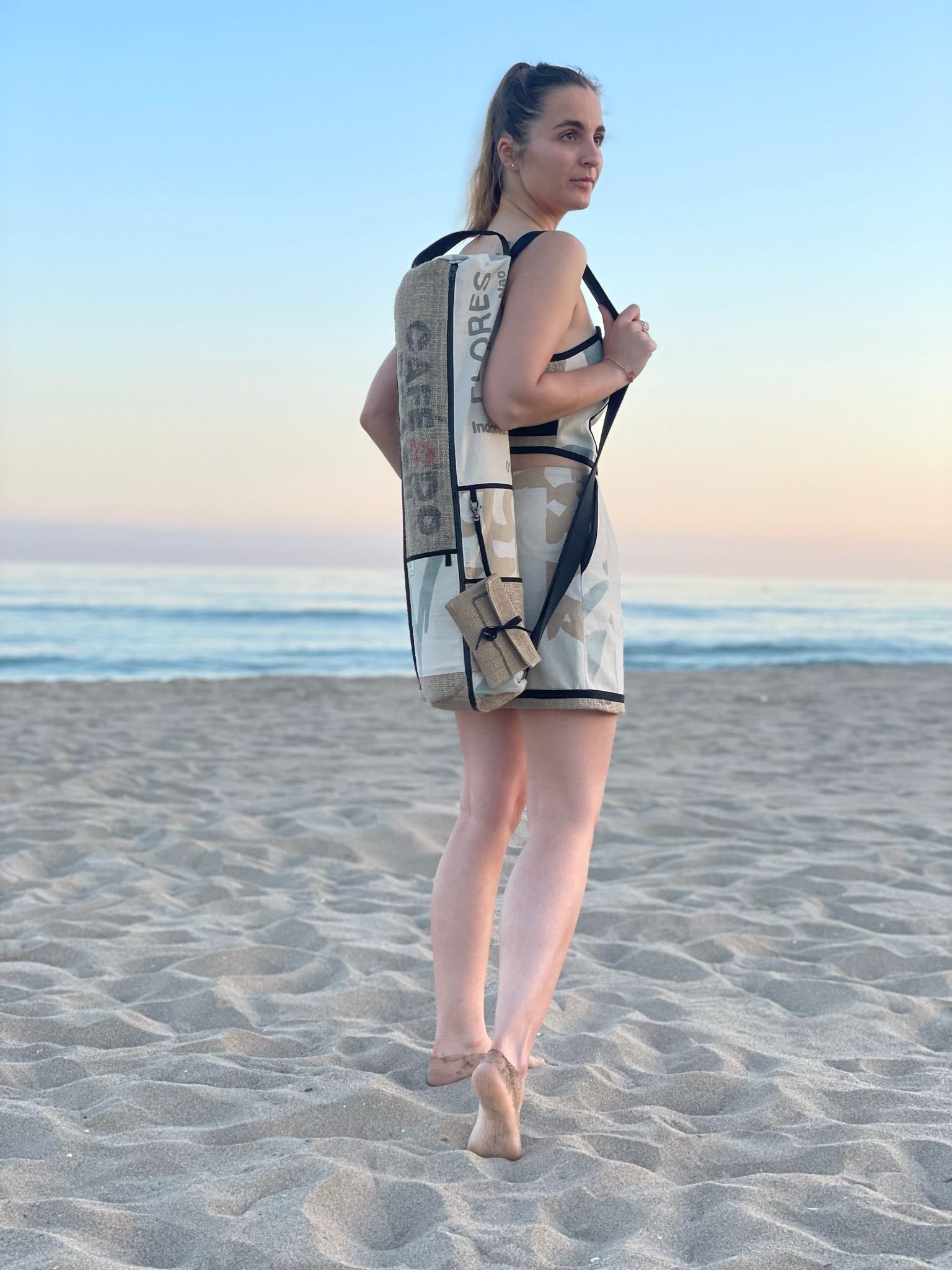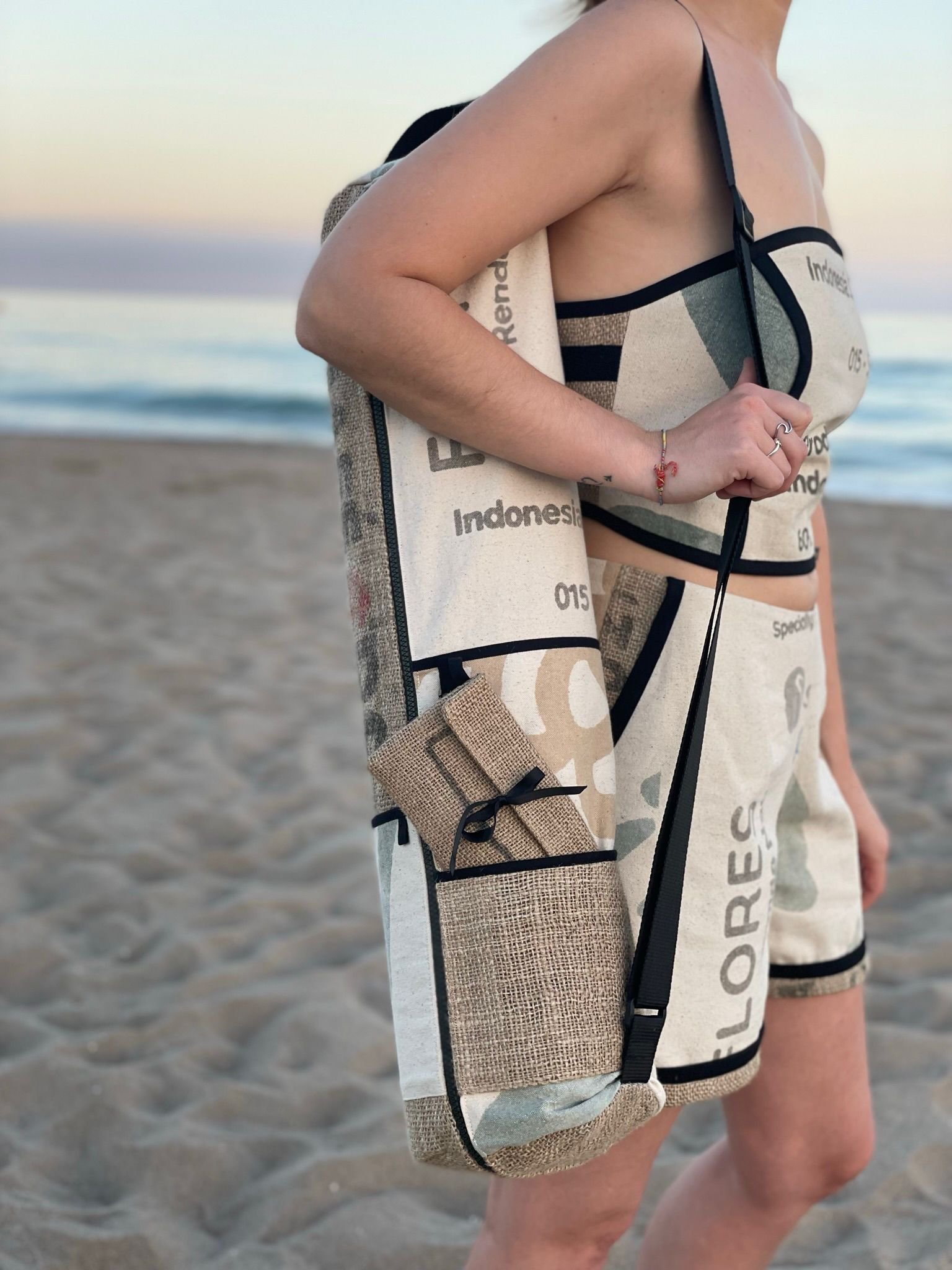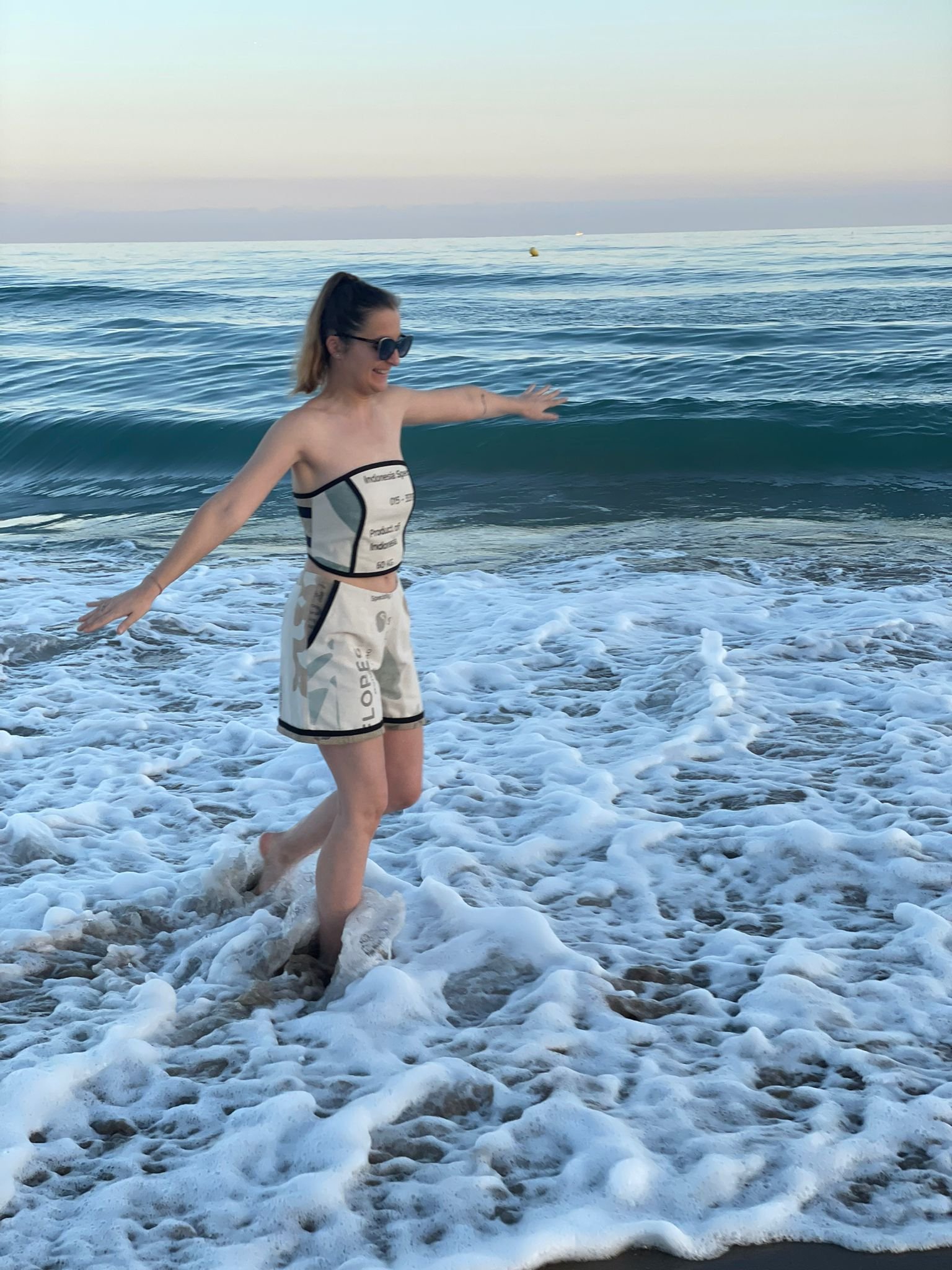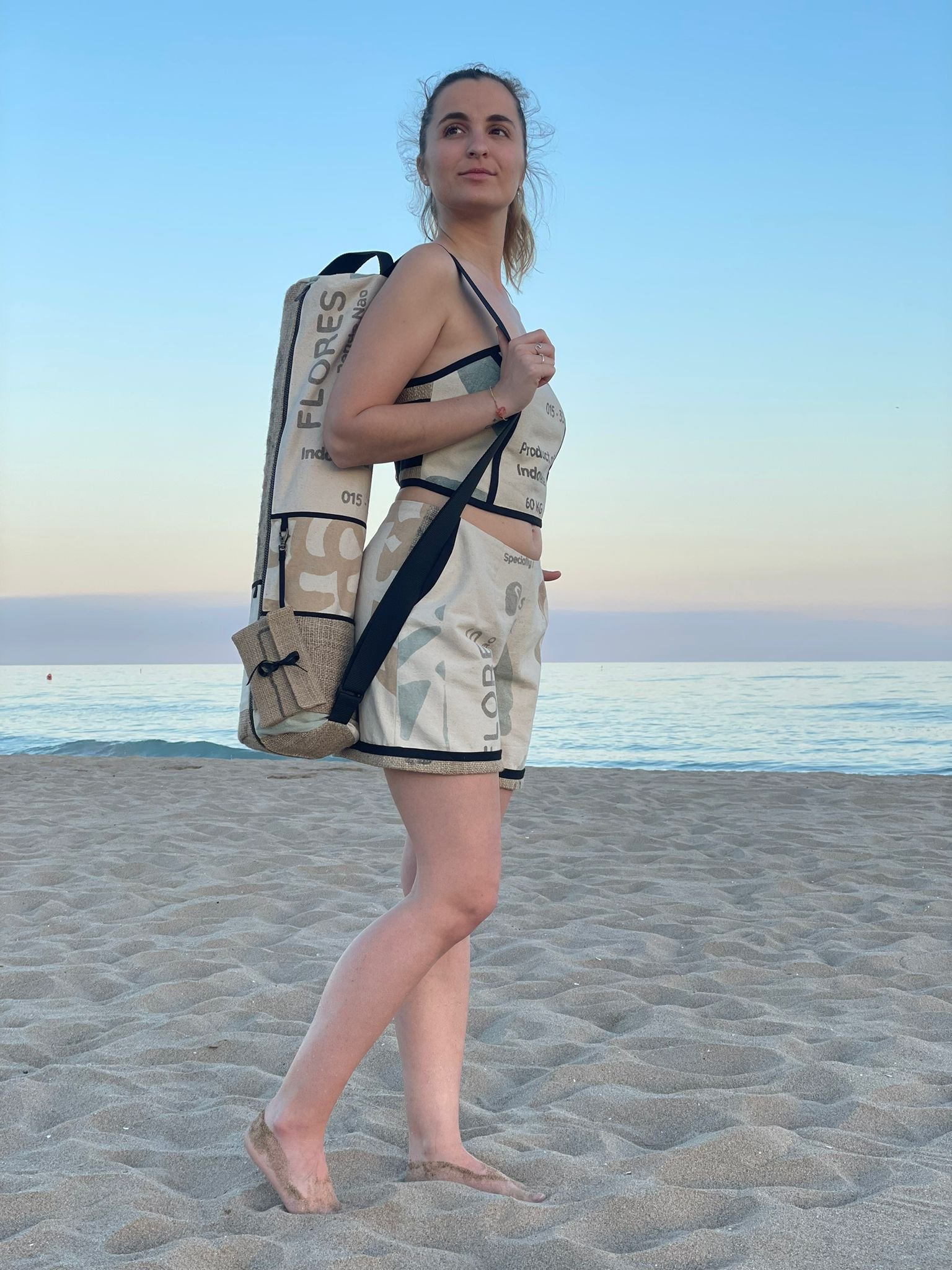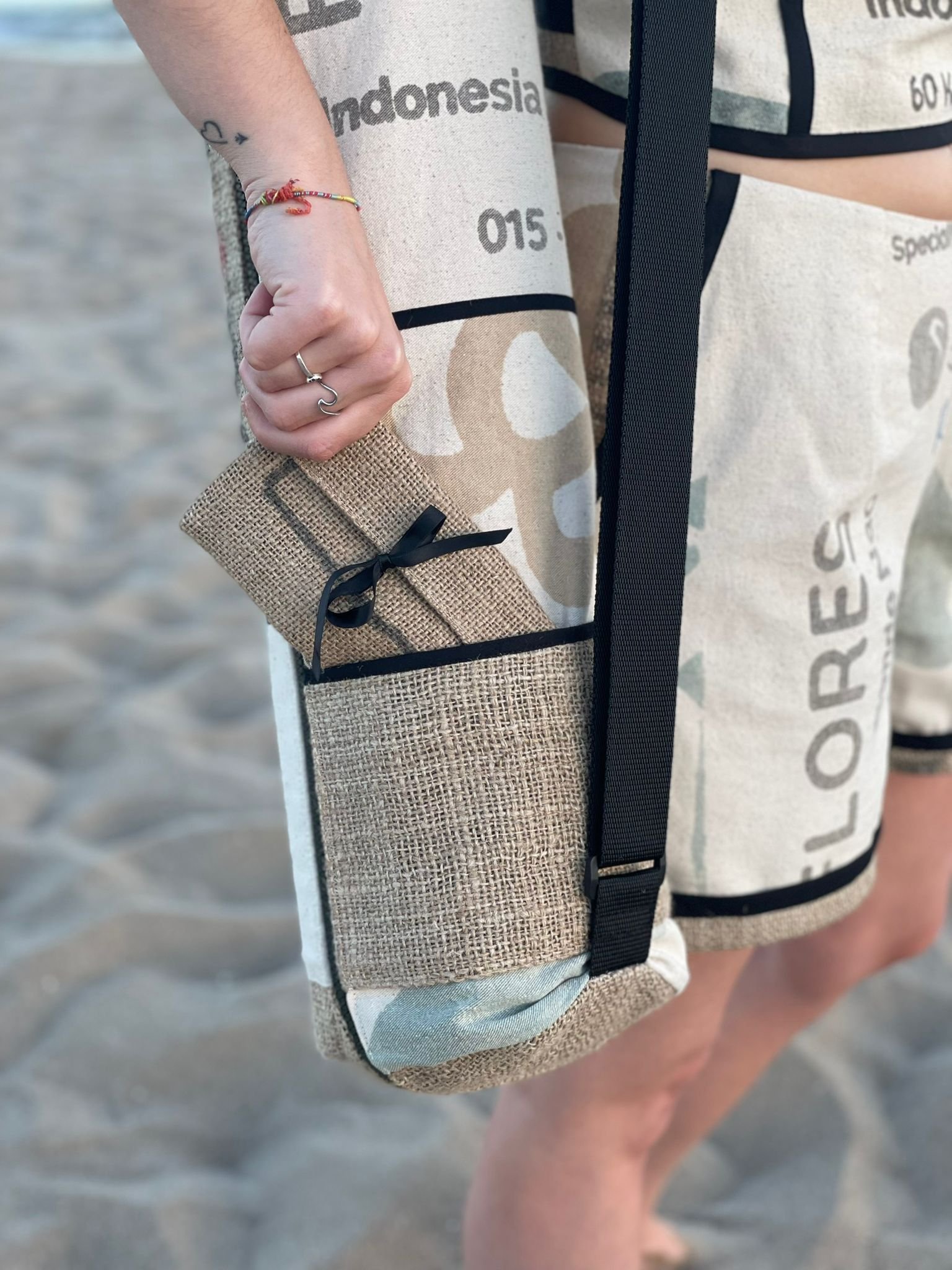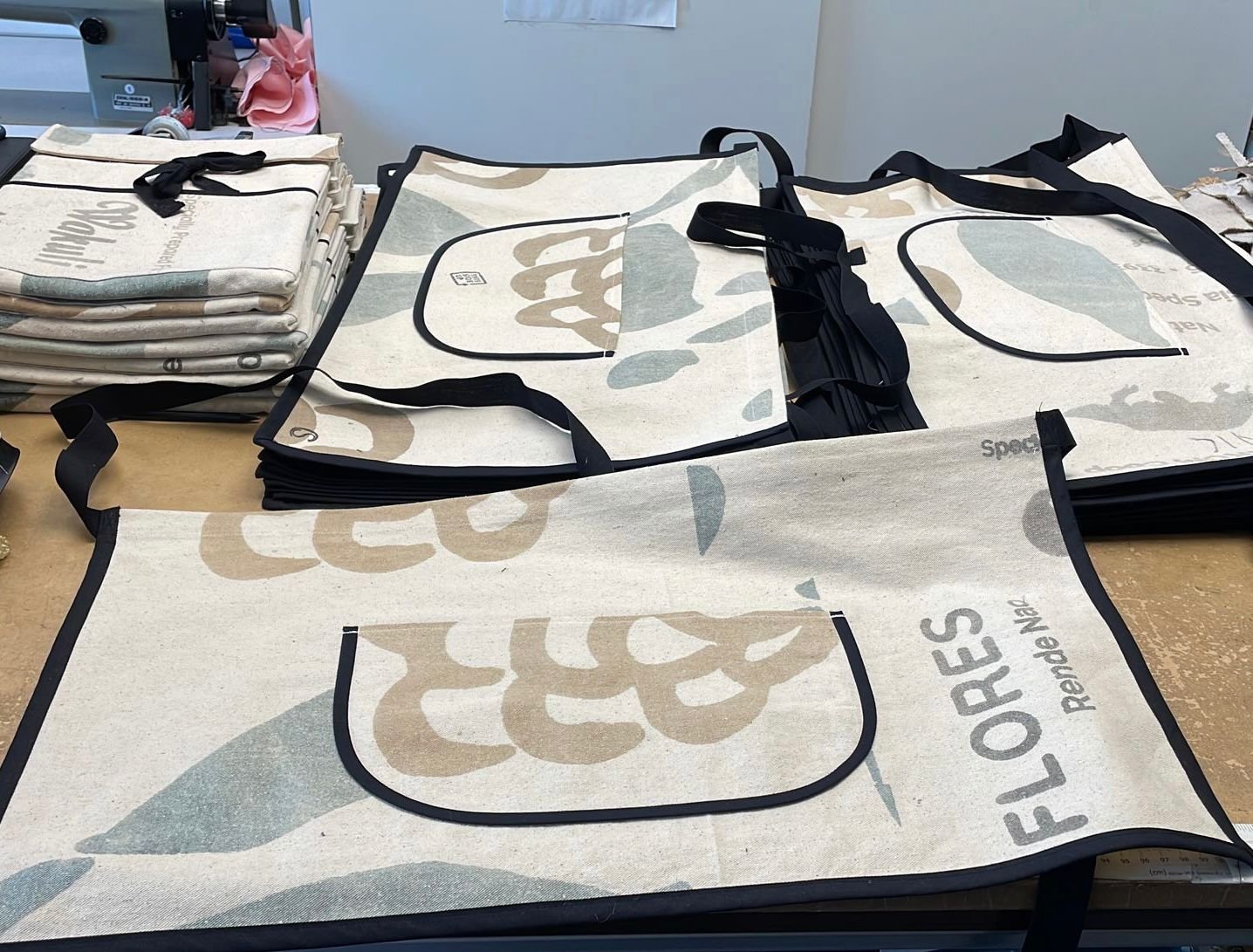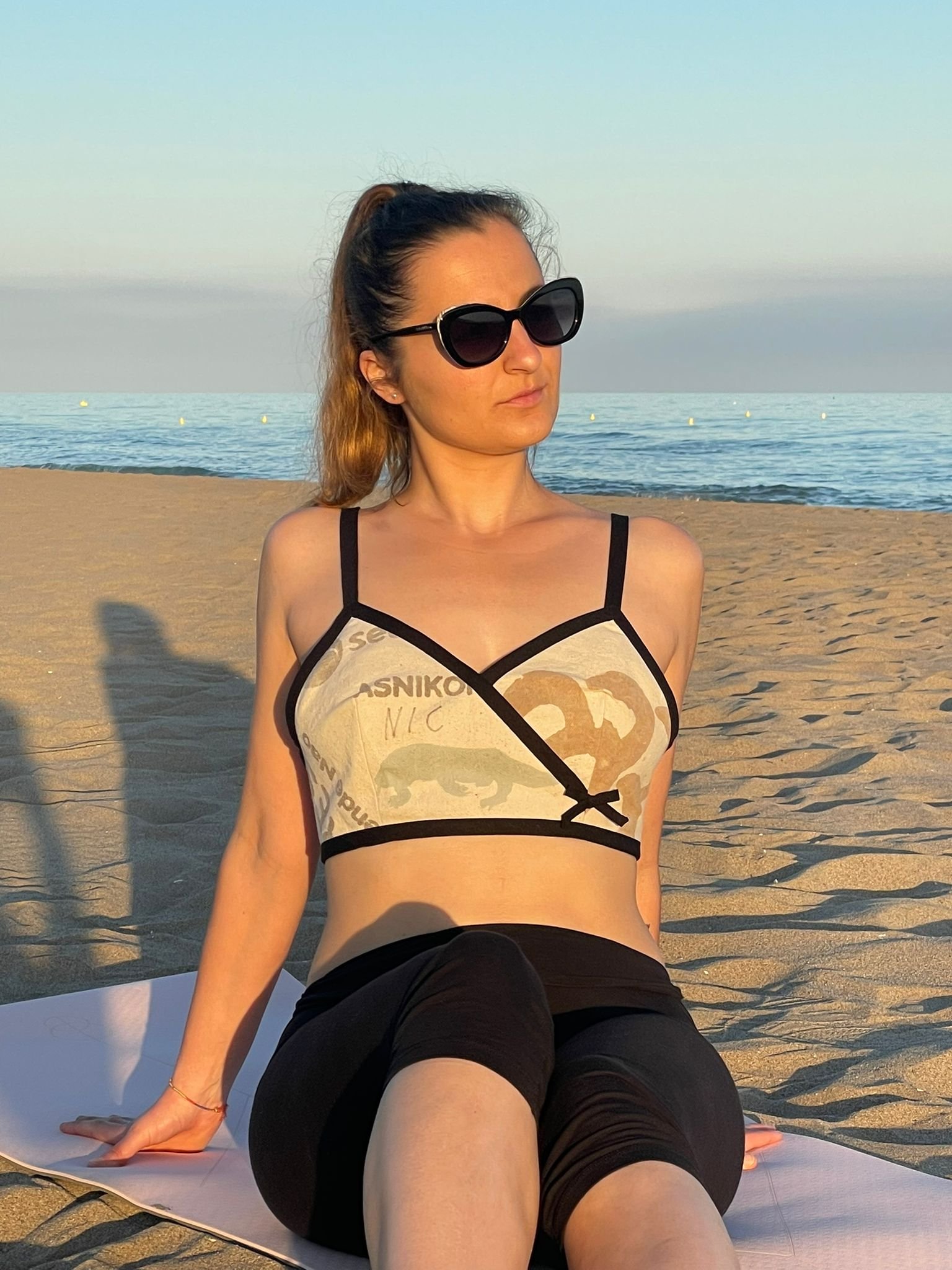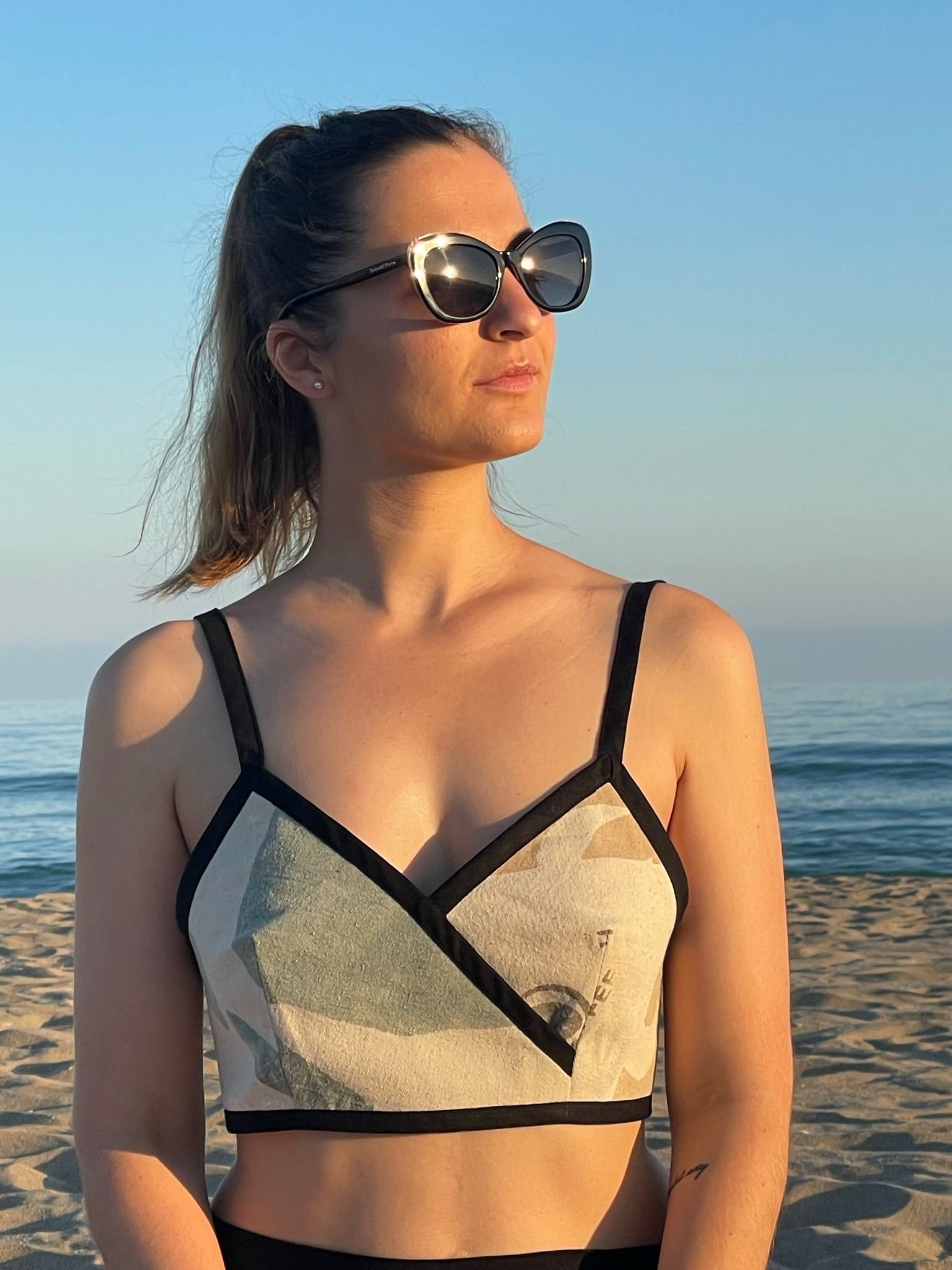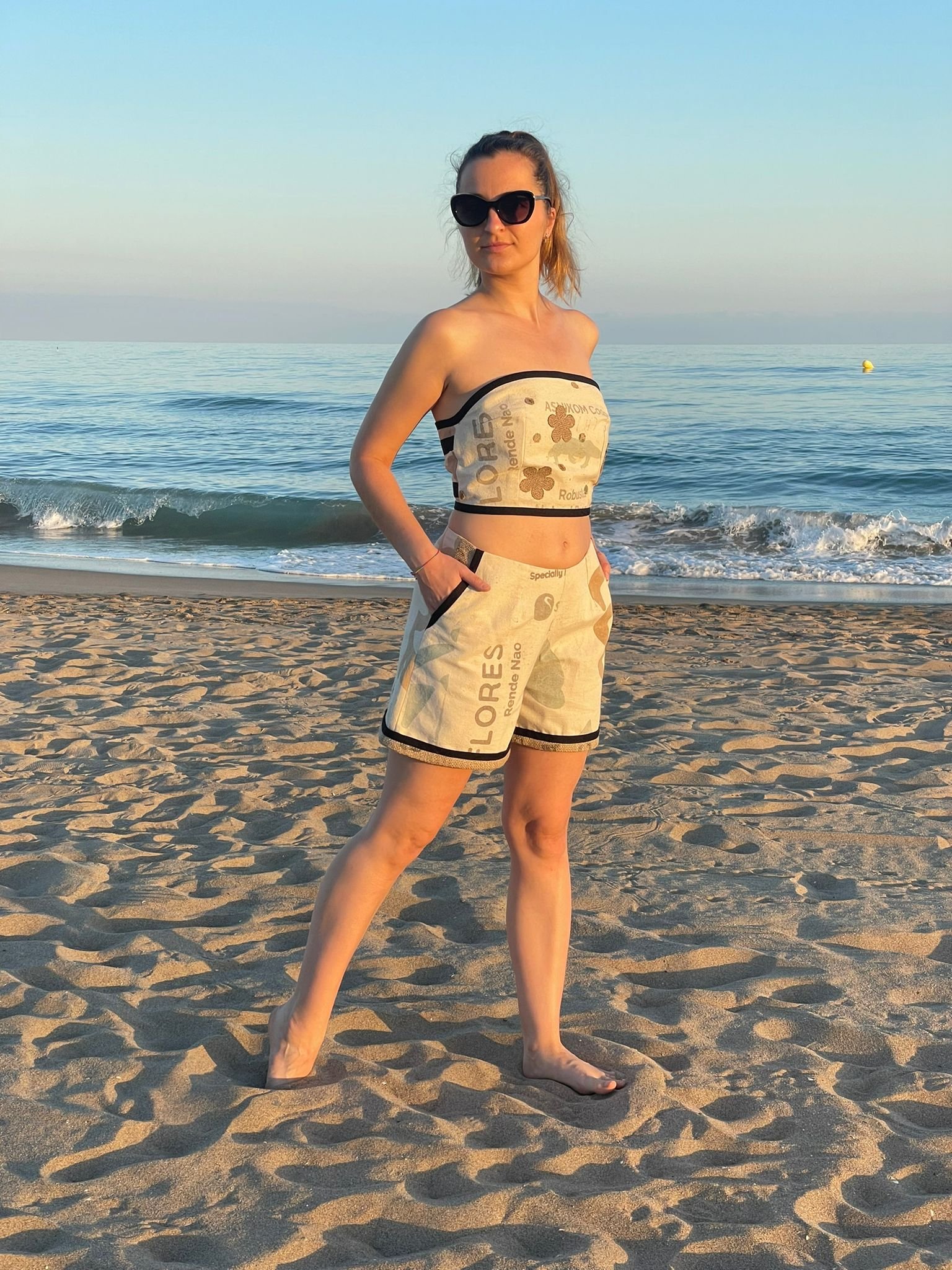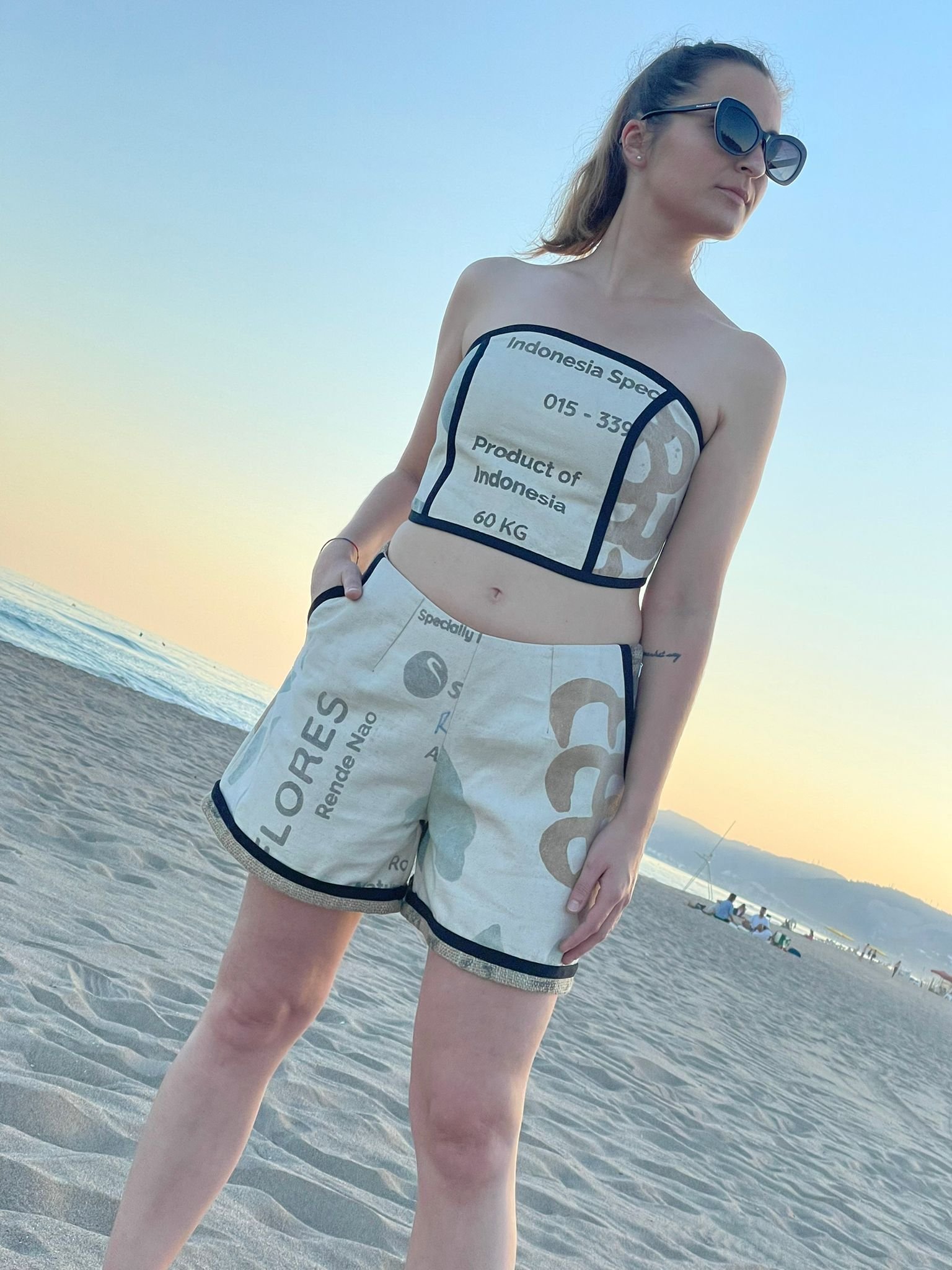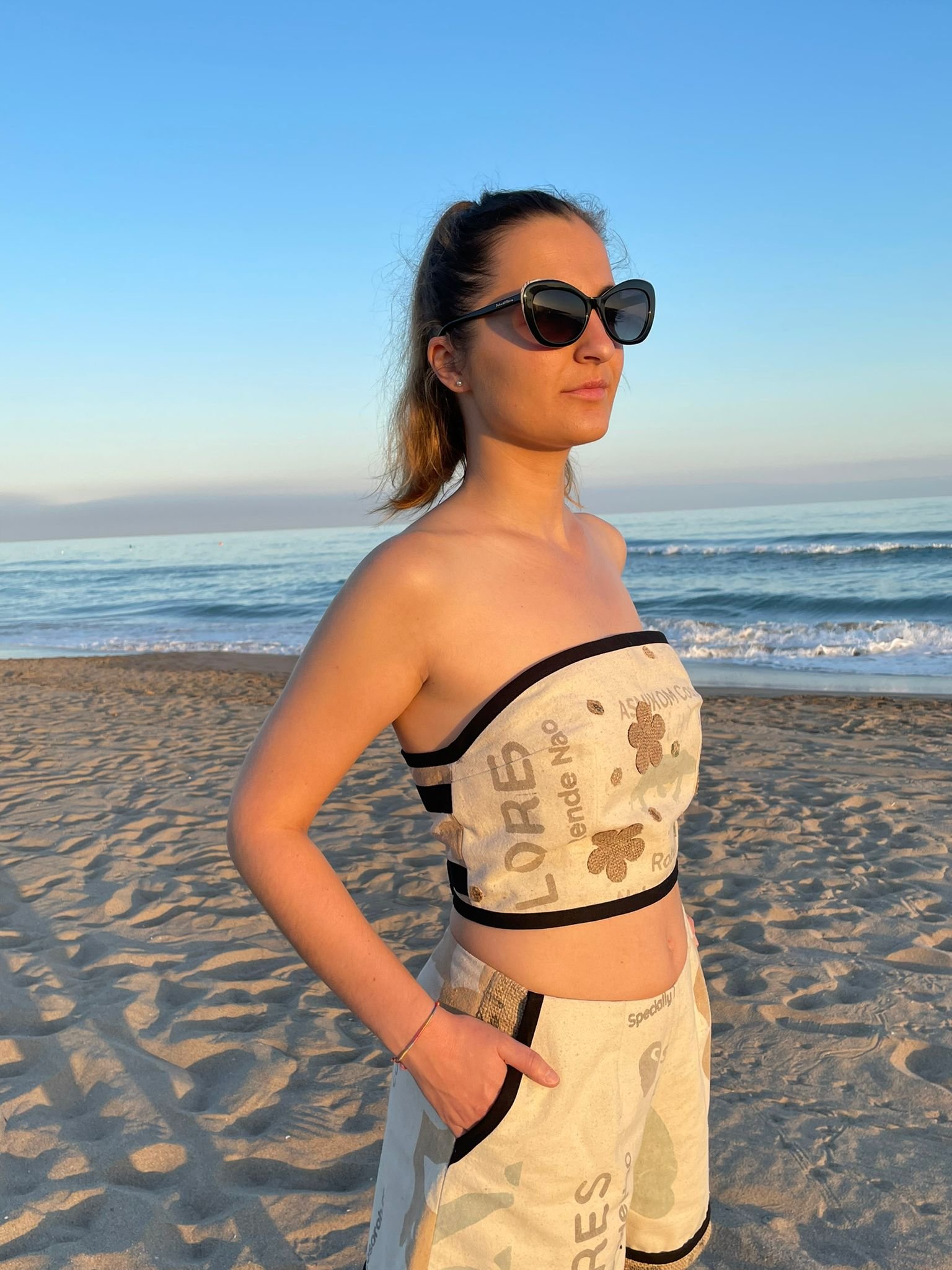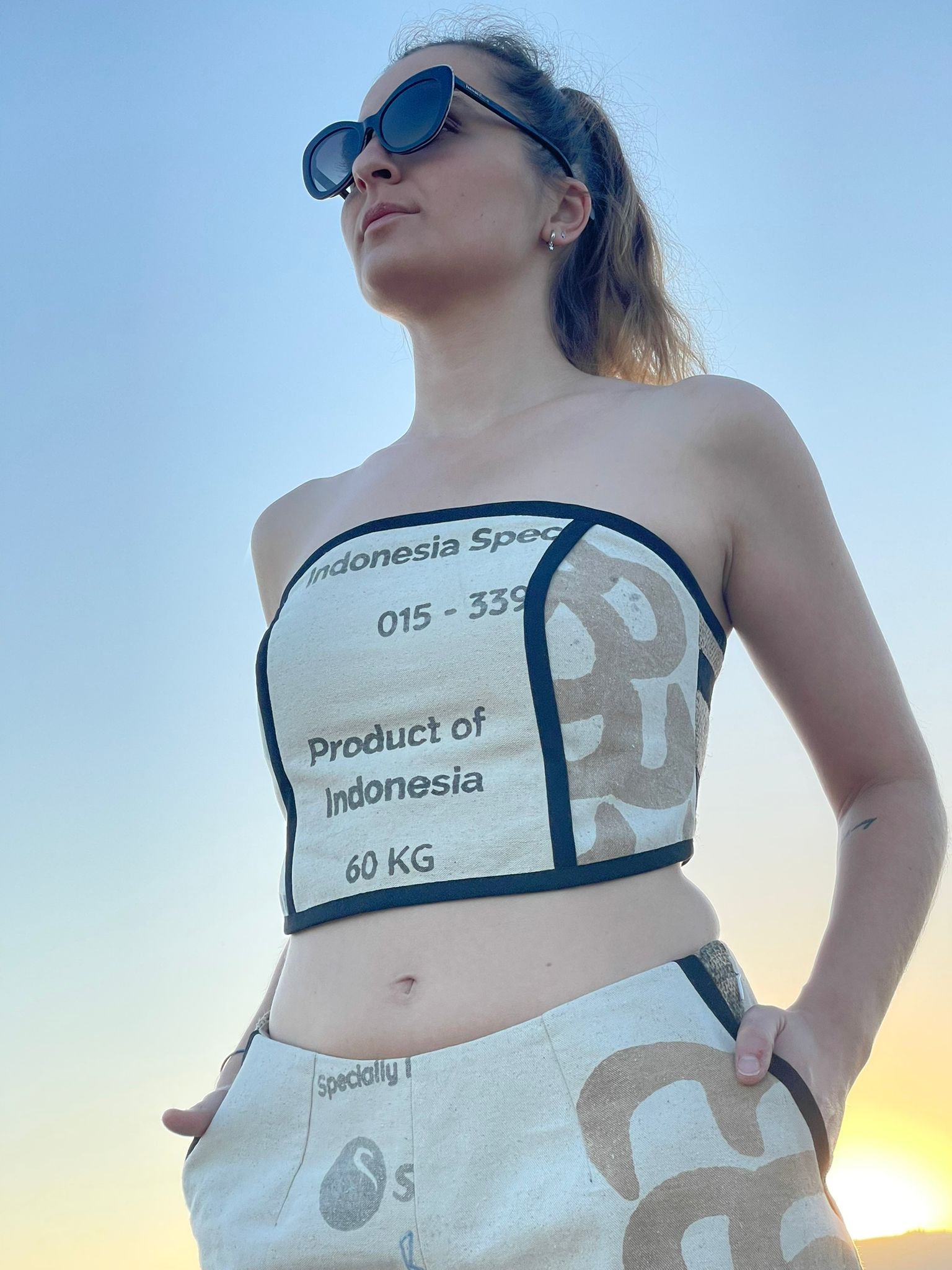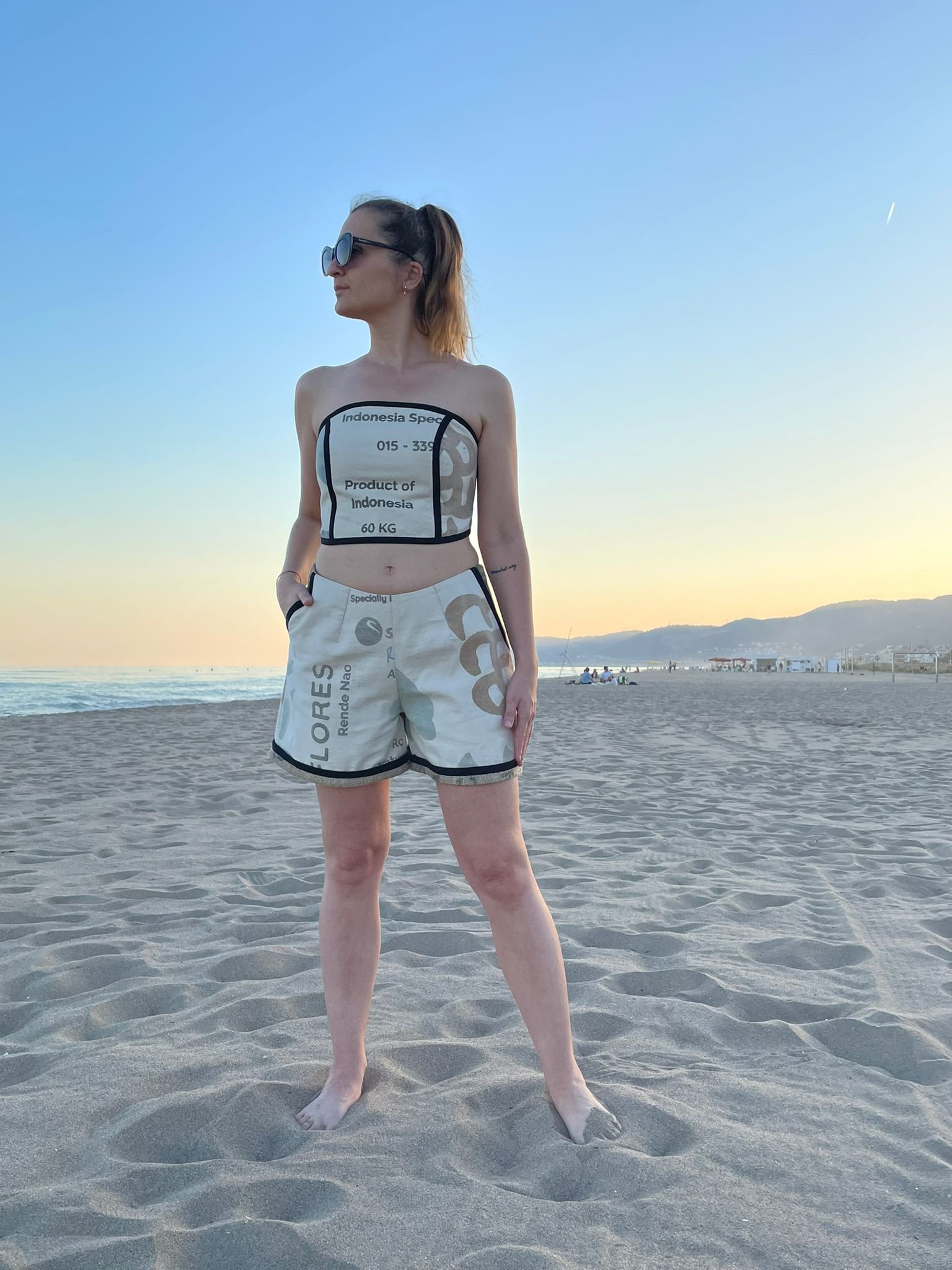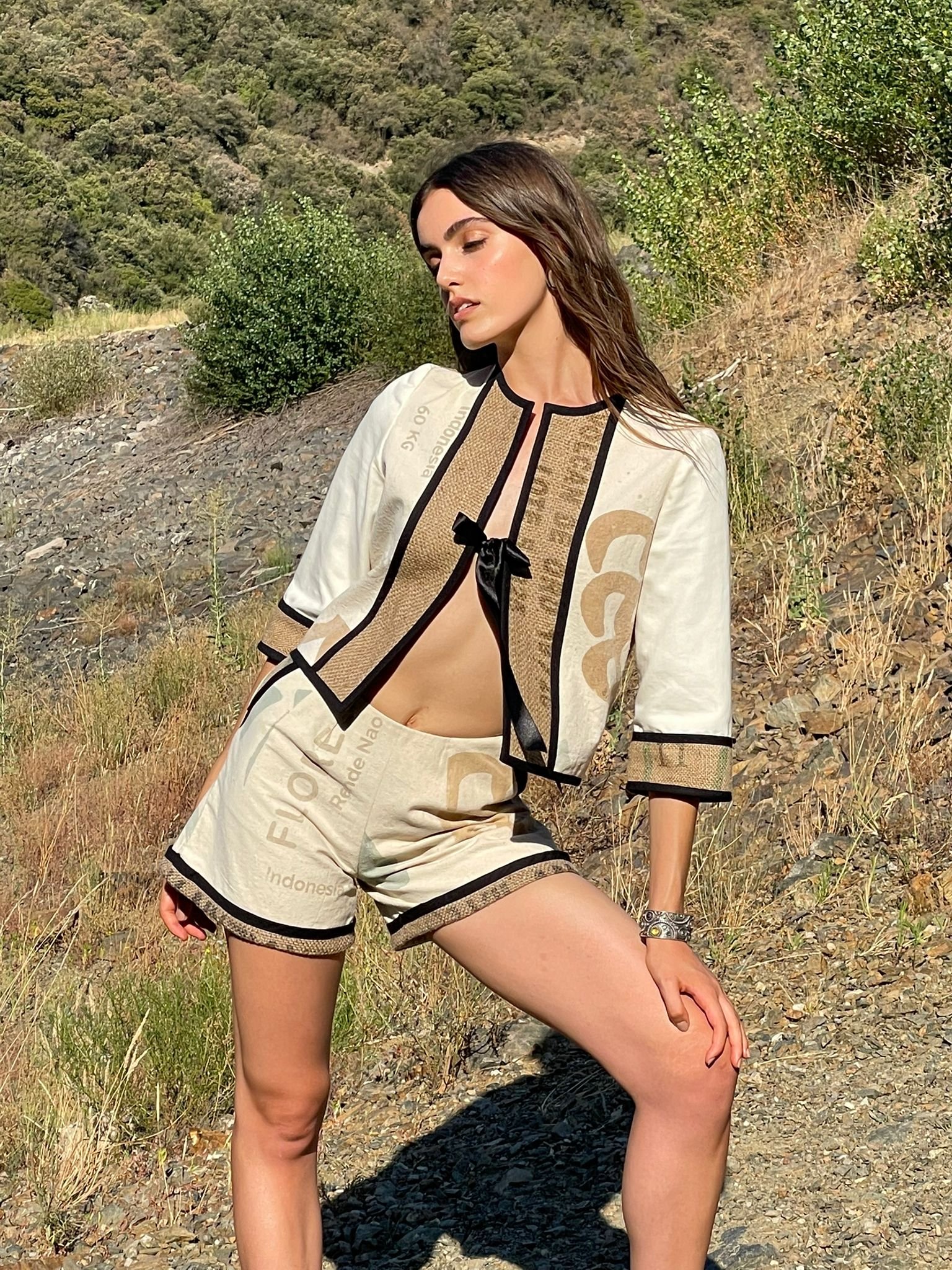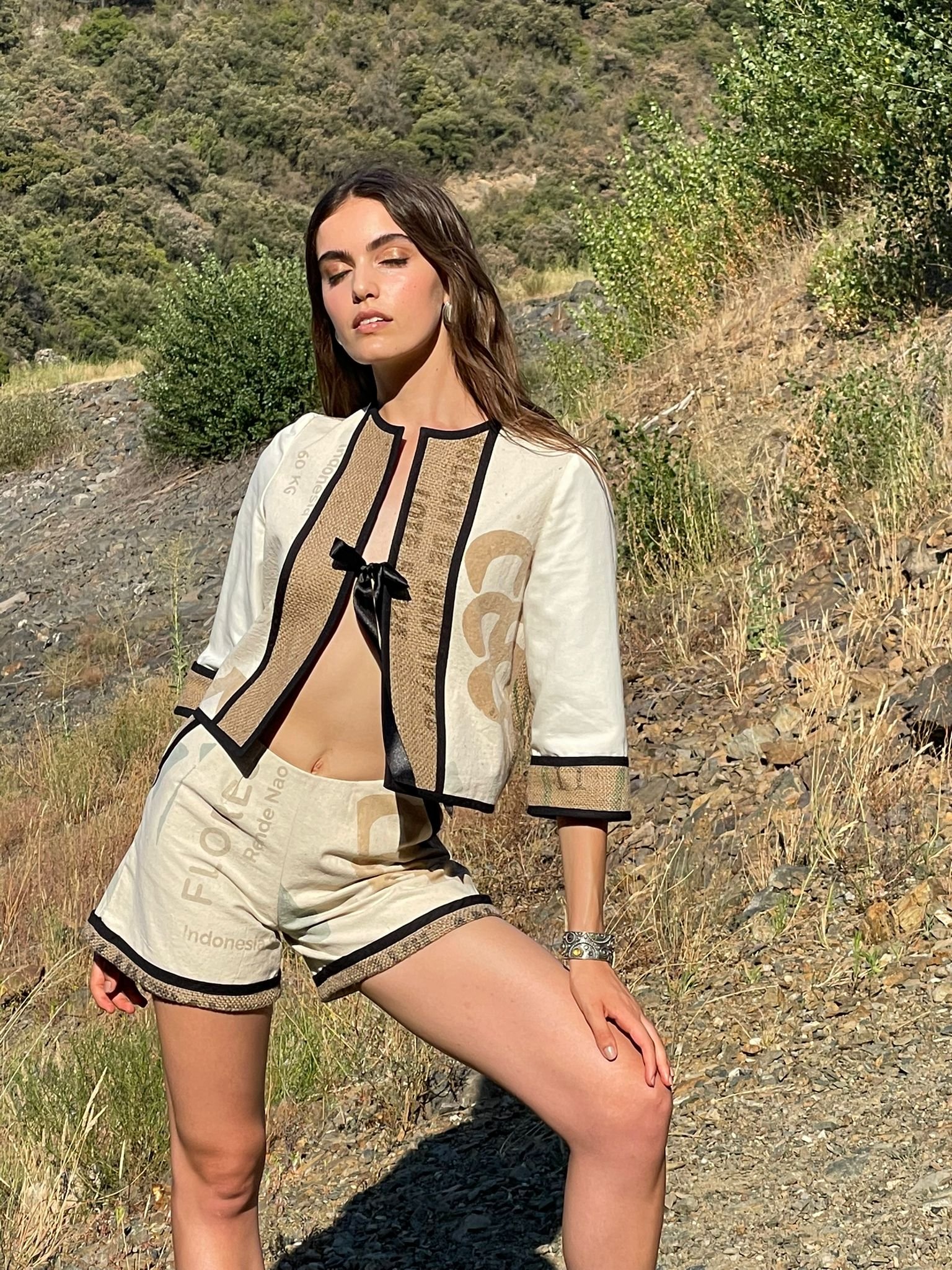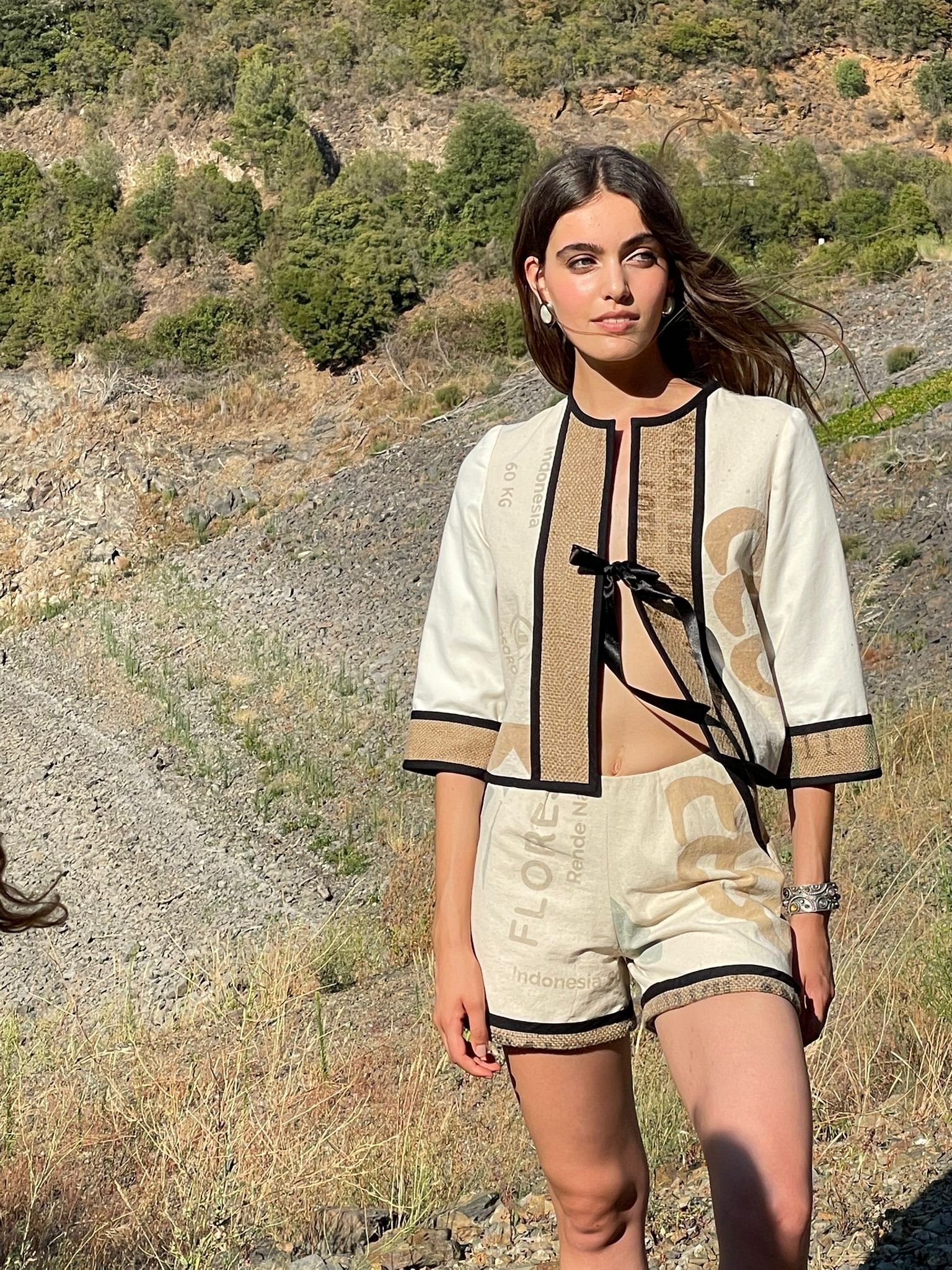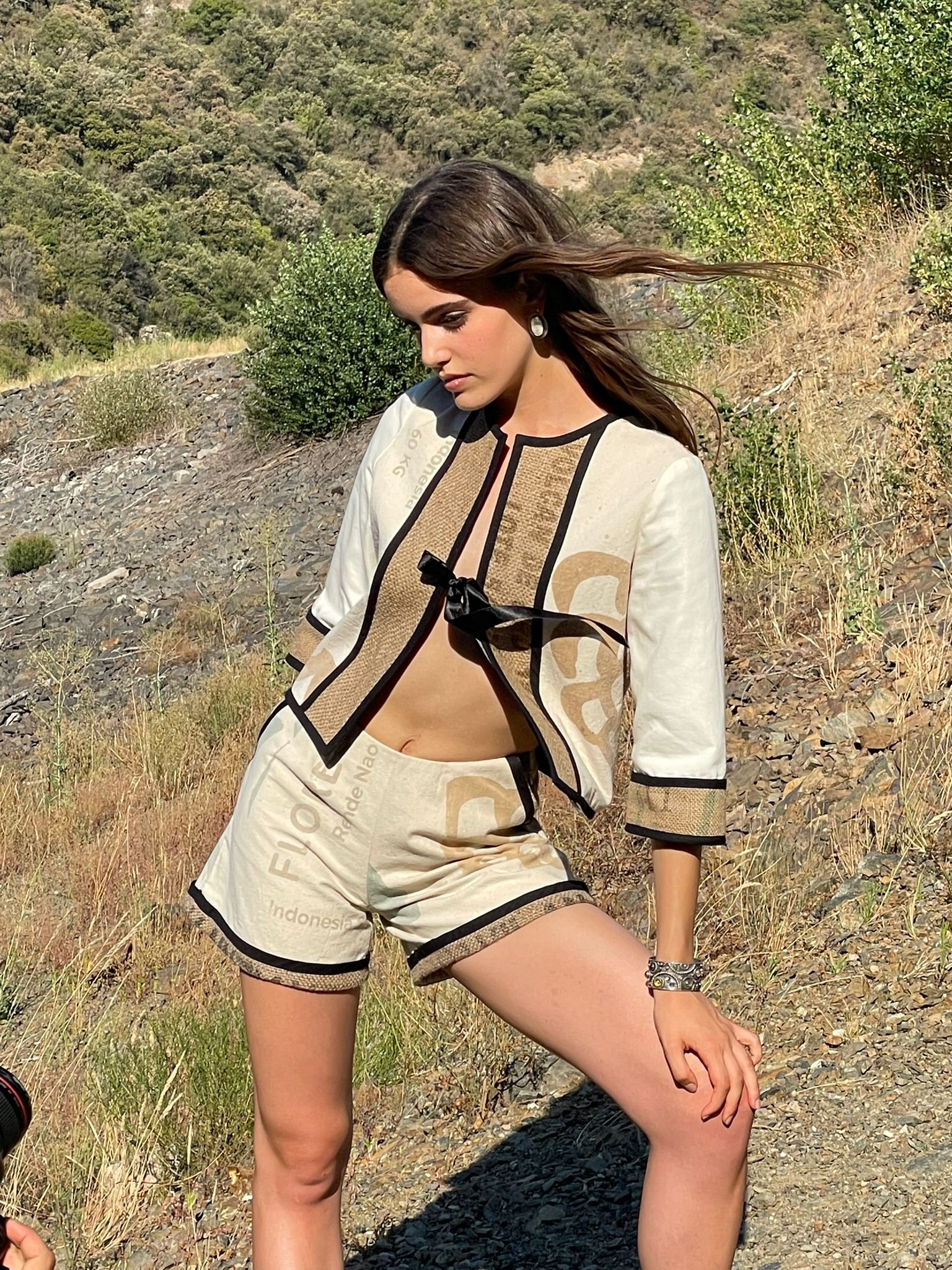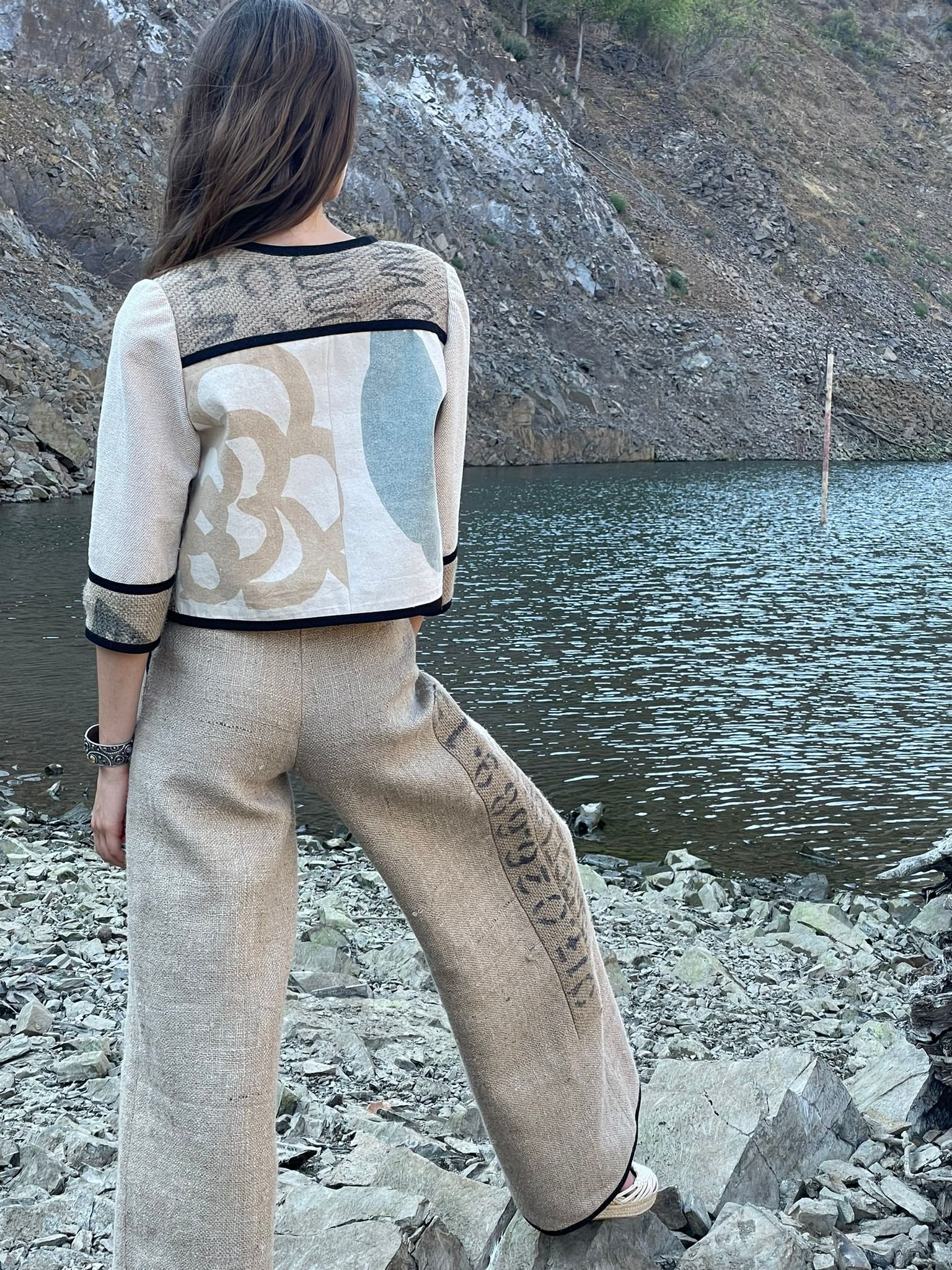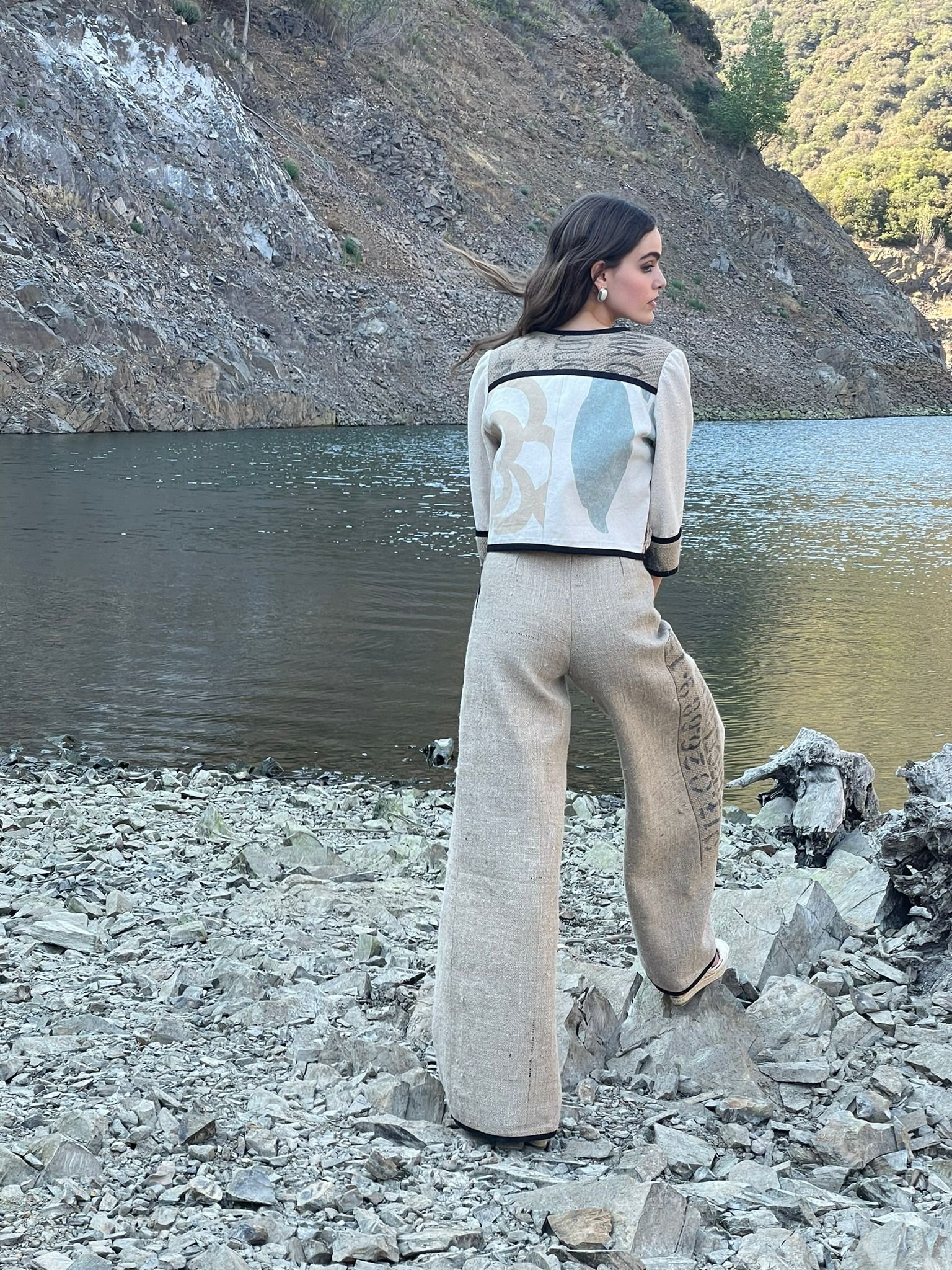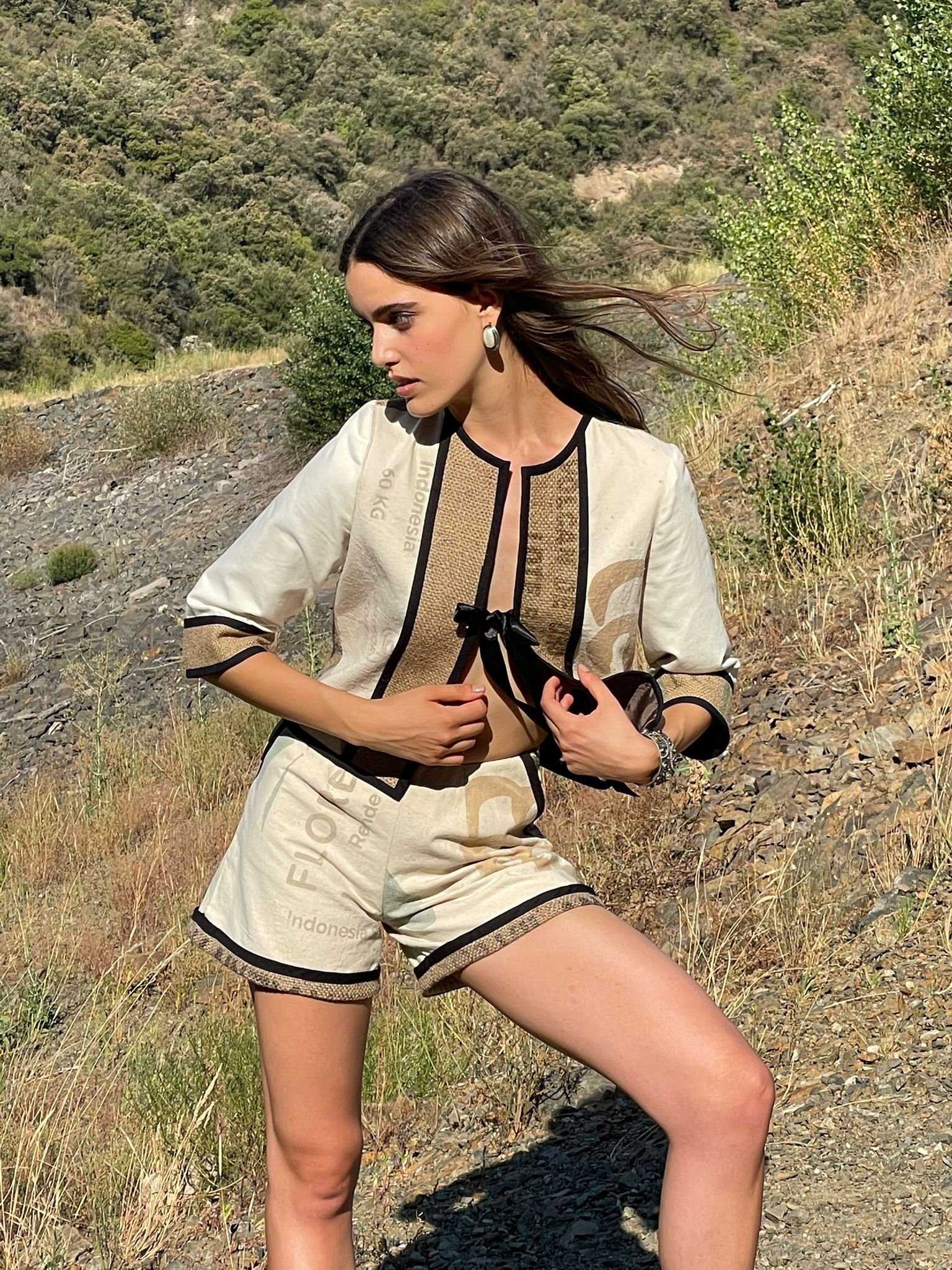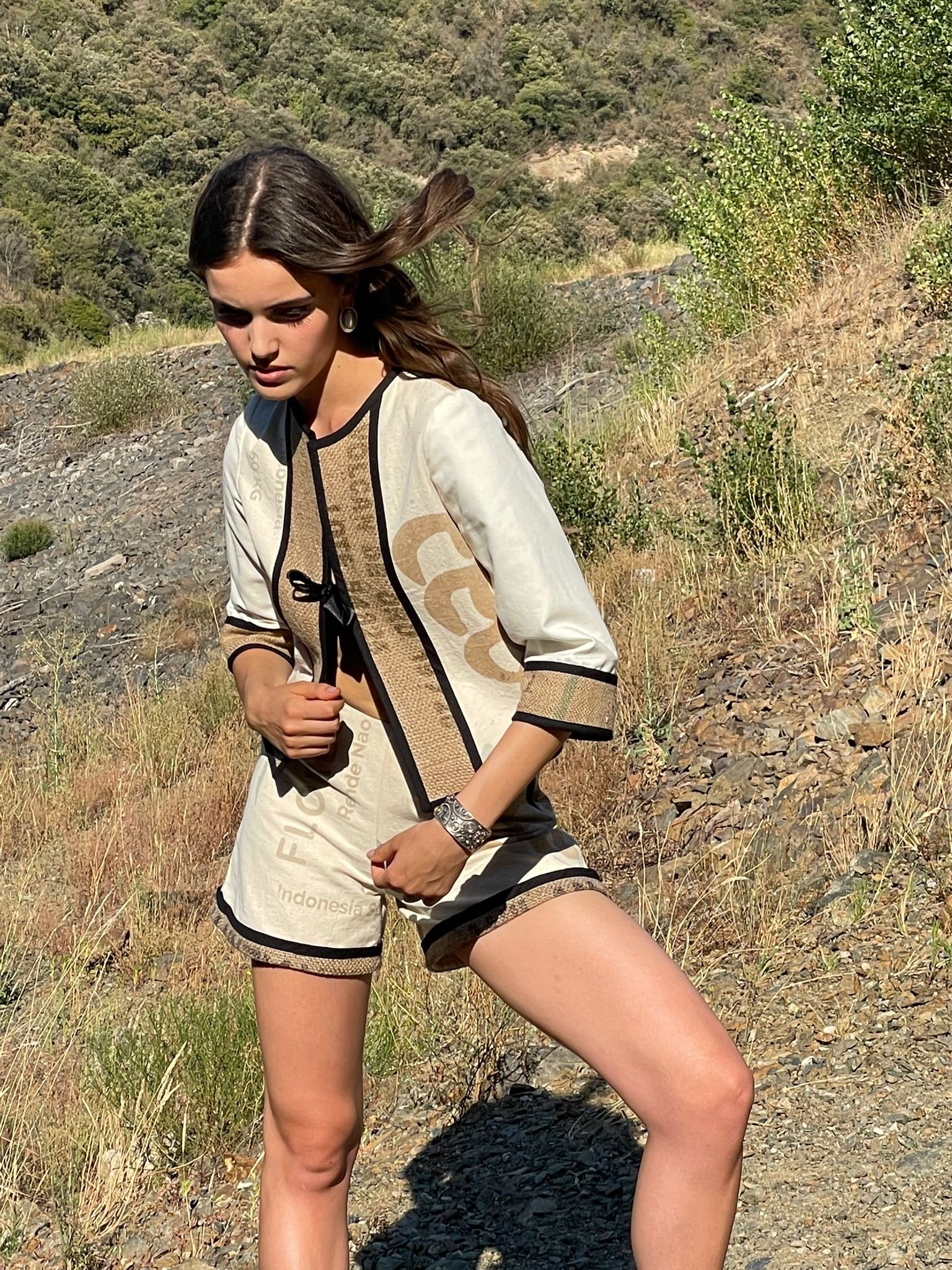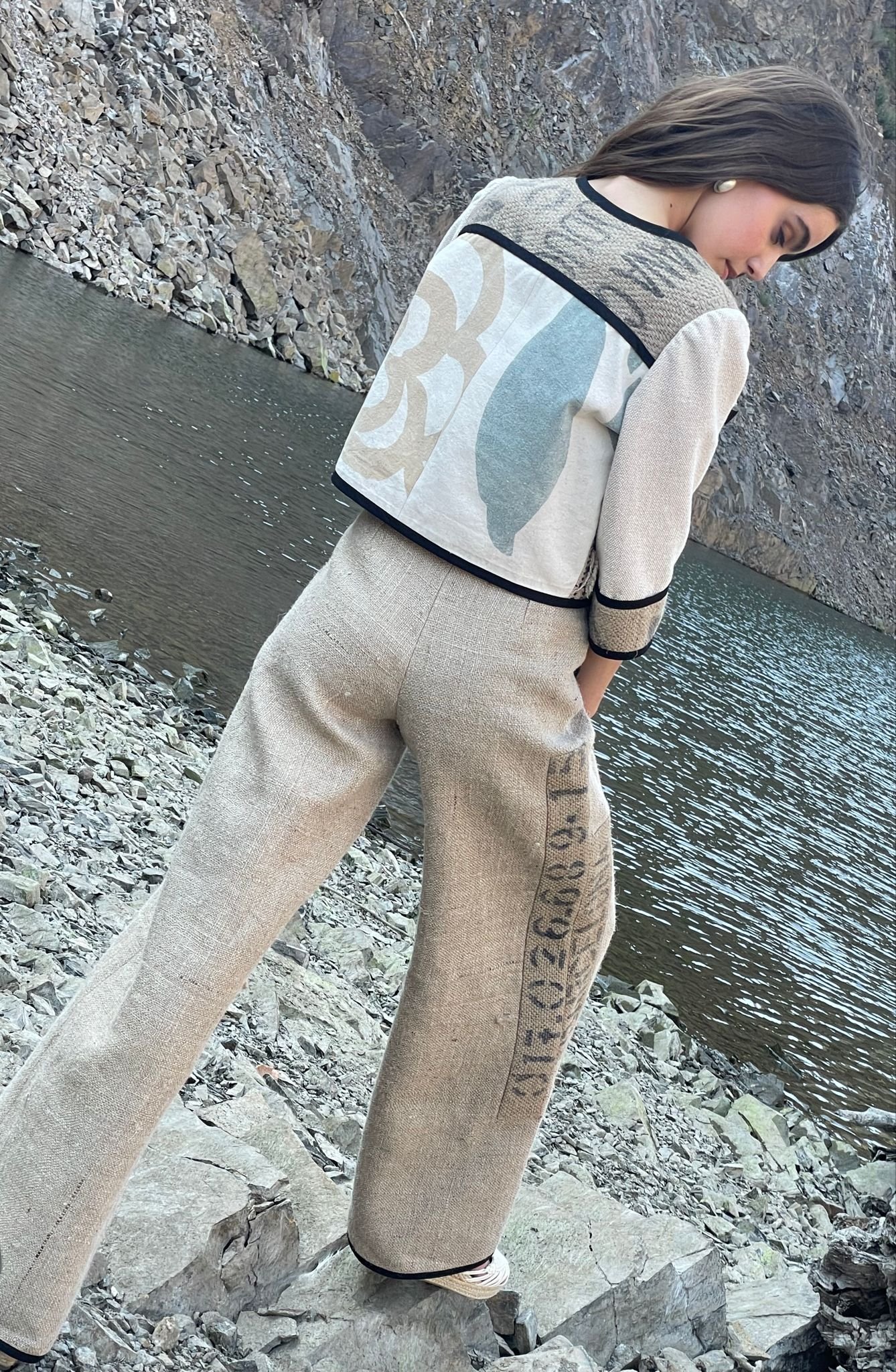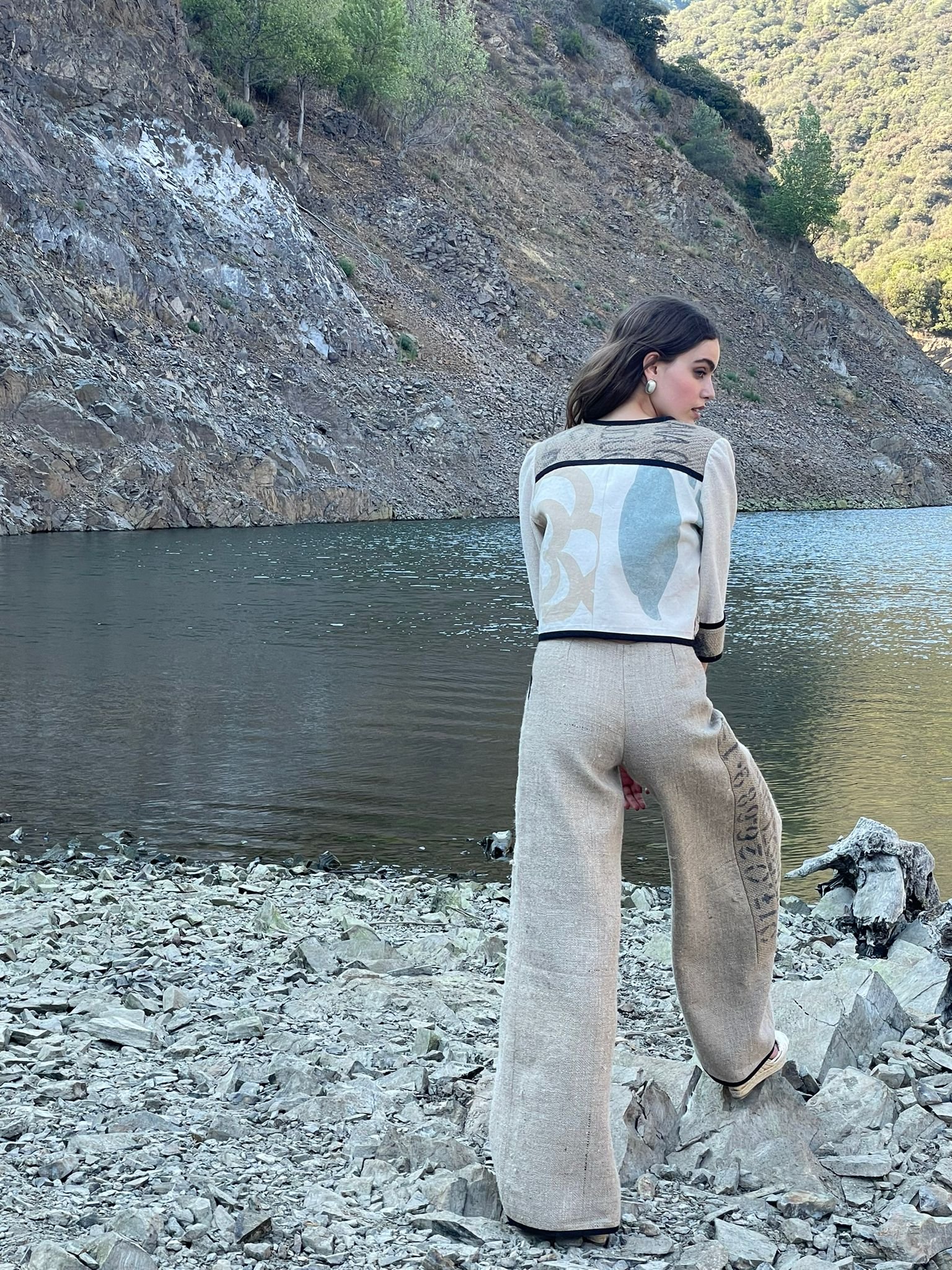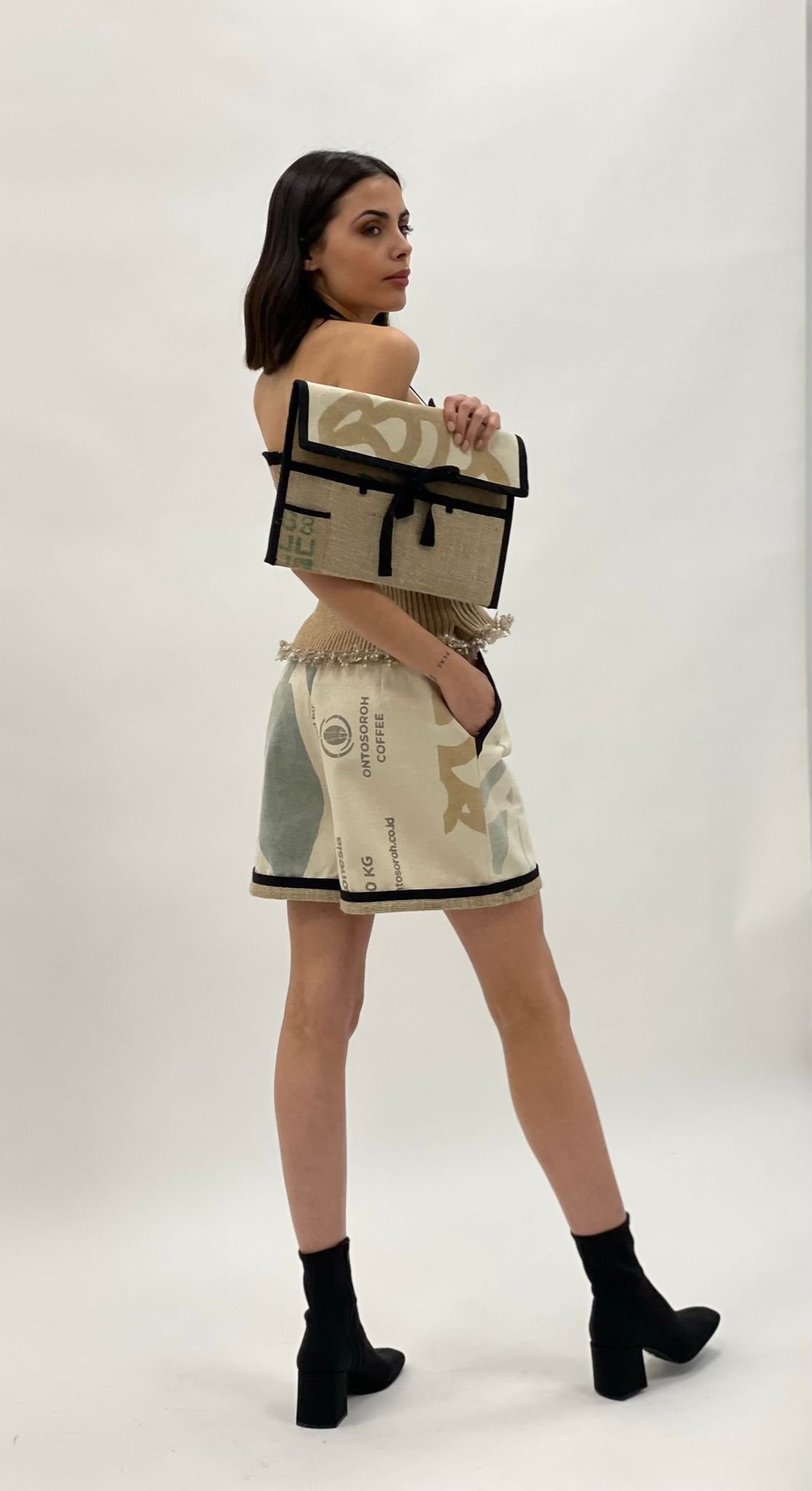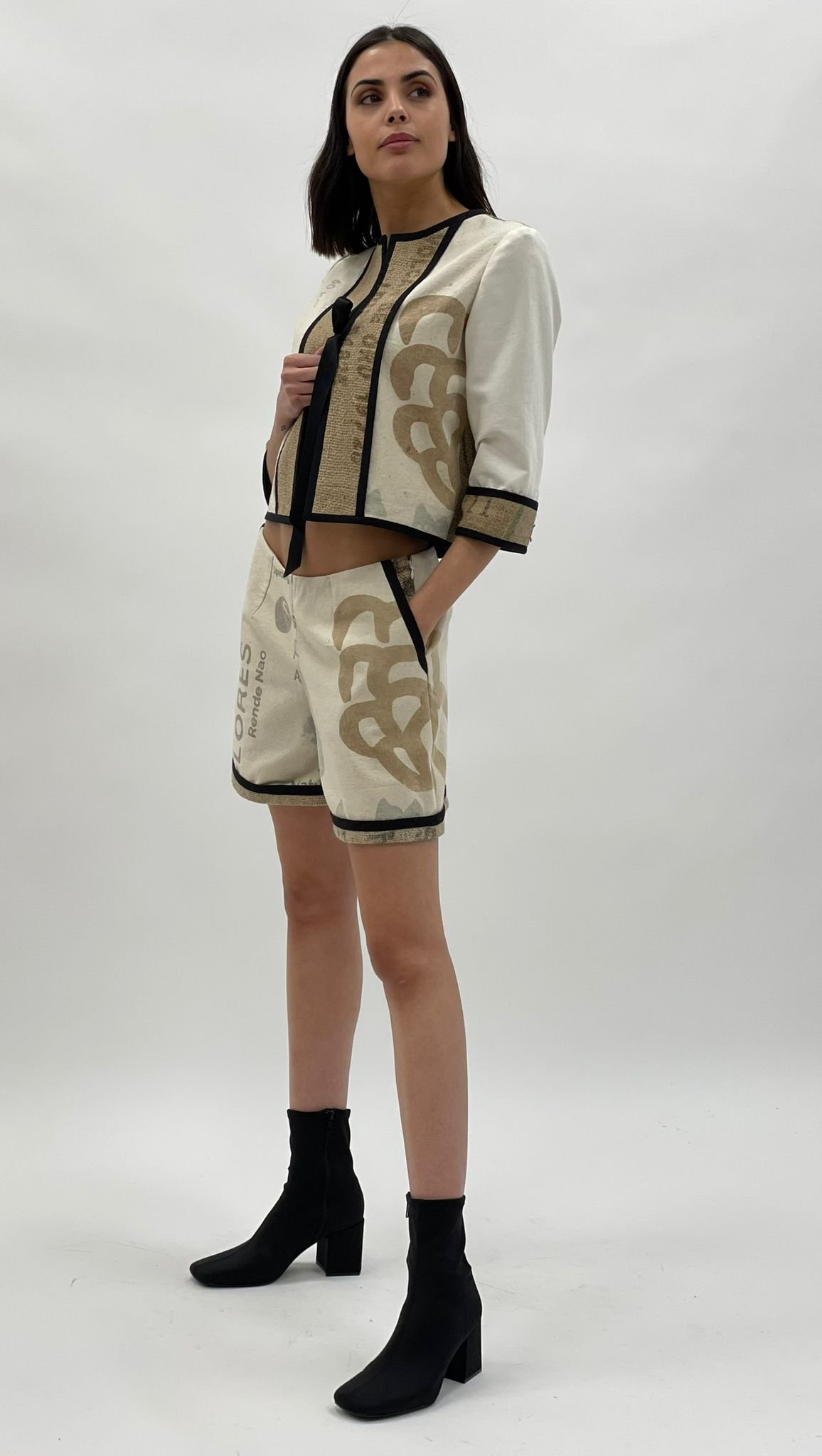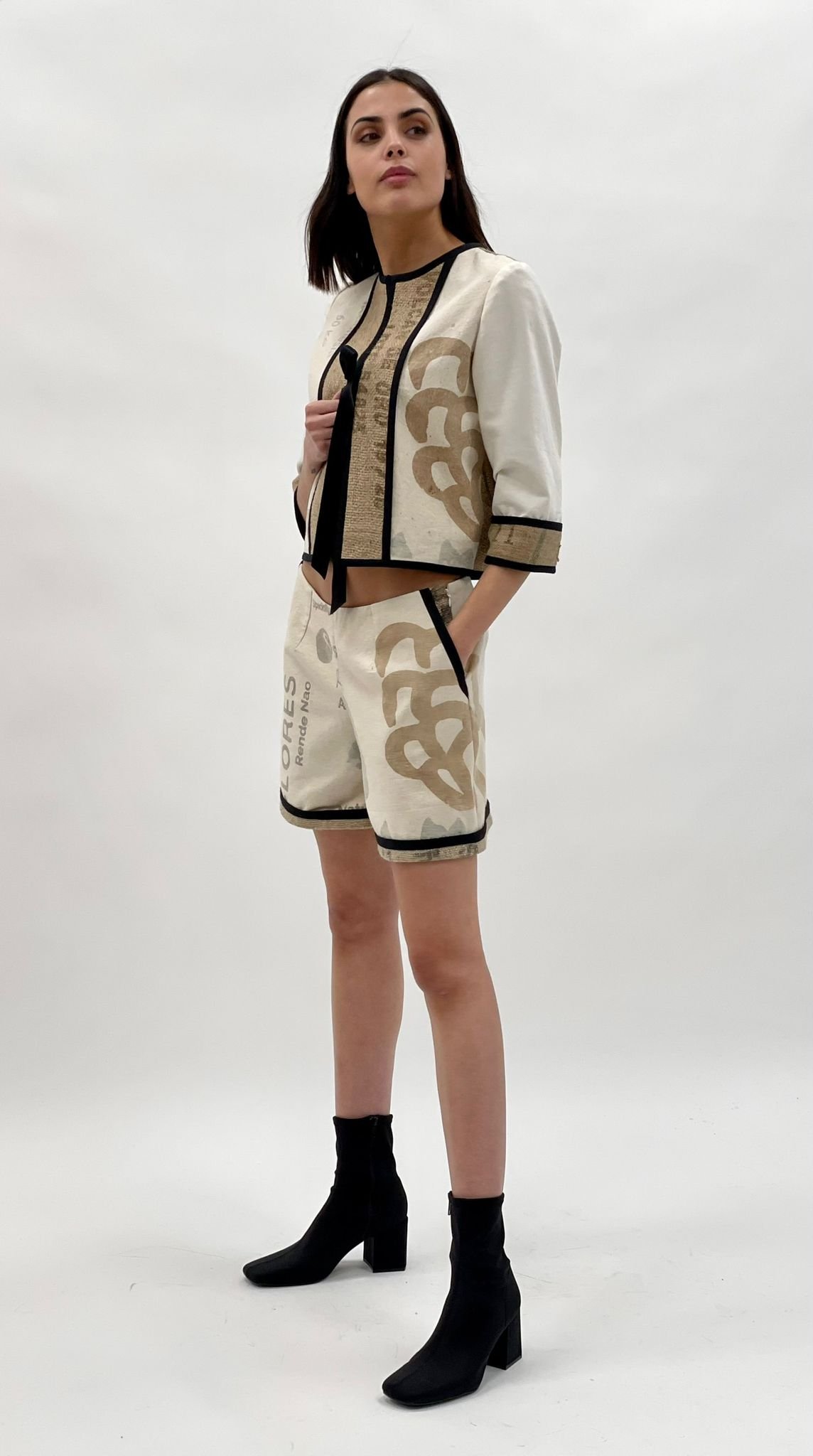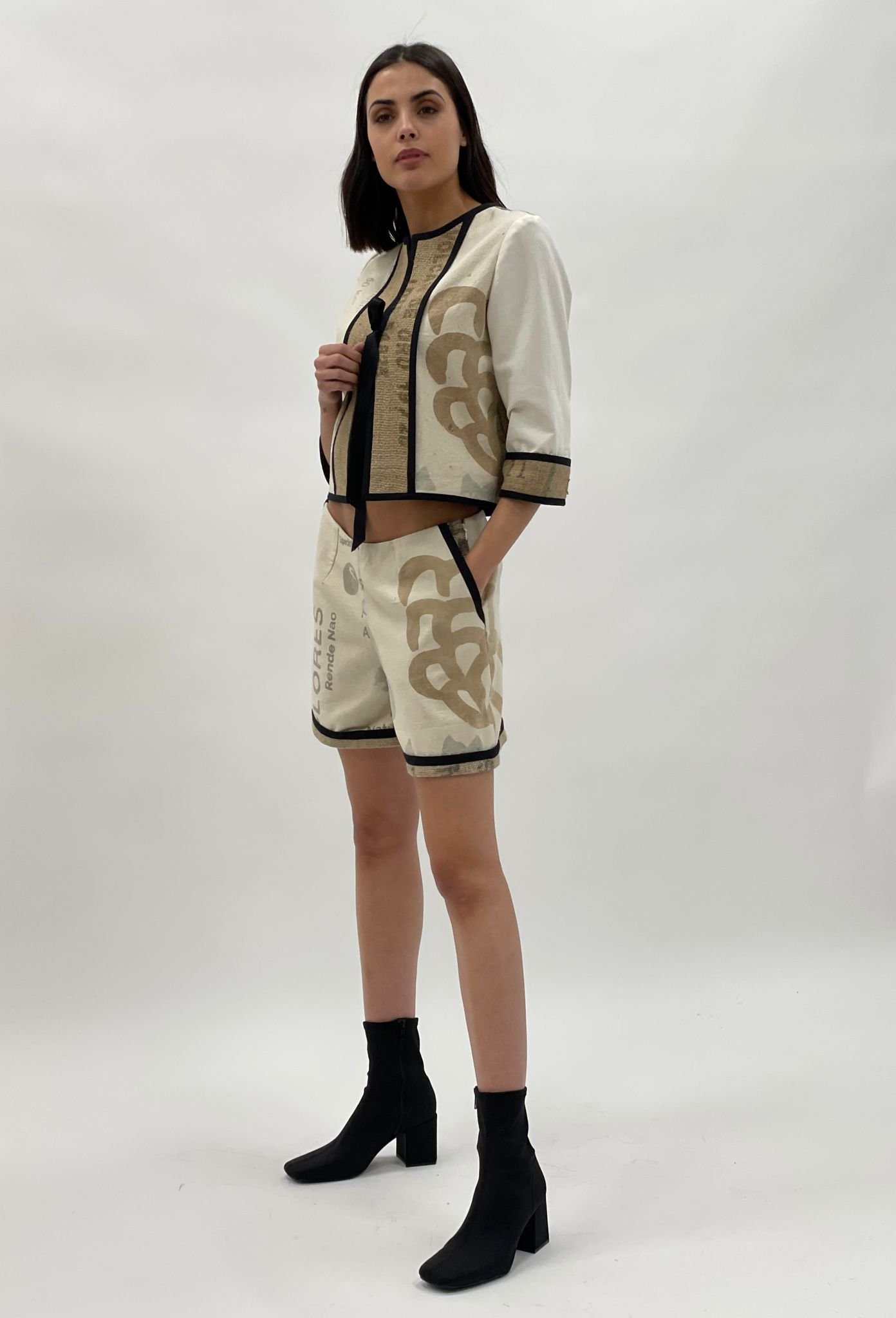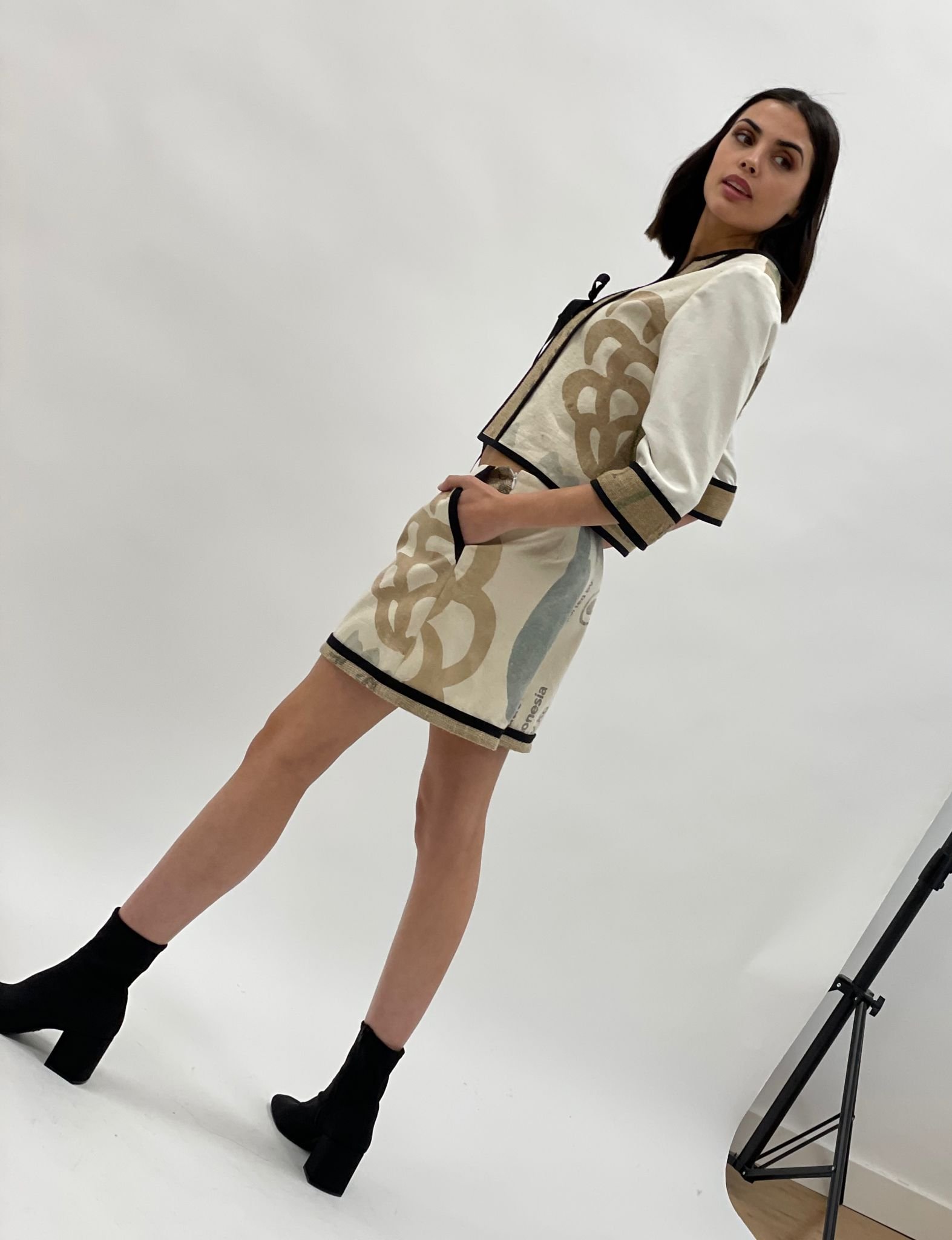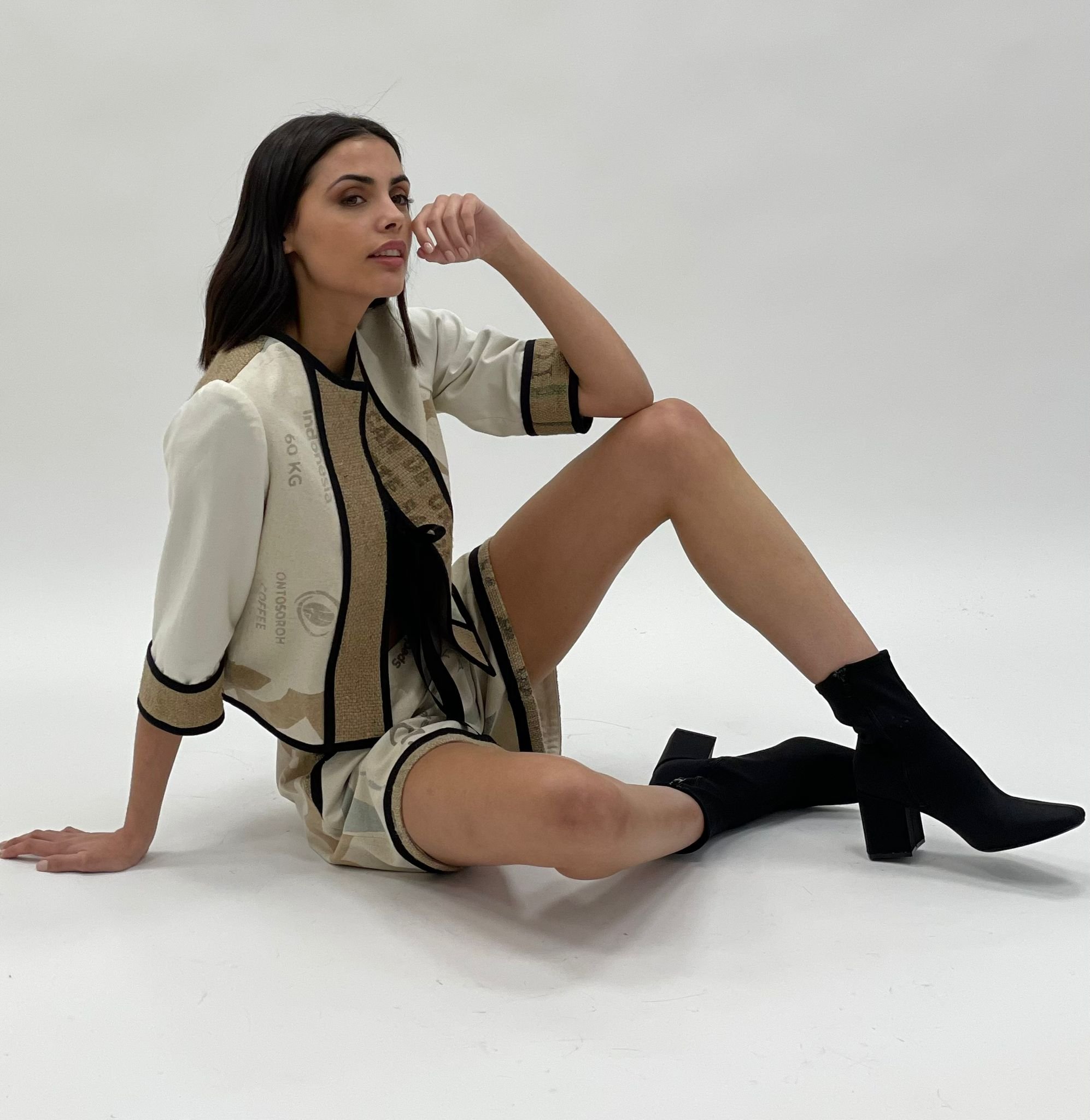THE CHALLENGE
Clothing waste is growing at alarming rates. Before making clothes that "look good," designers must ask themselves: Is this material helping preserve natural resources? Are we reusing what we already have? Are we avoiding the production of toxic residues that can damage the environment?
To transform our perception of waste often implies the ability to question the way we consume. This project aimed to serve as an example of the value of waste; to widen the perspective on alternative paths for creating clothing. The task was to apply circular economy principles in the design process for Sylvia's clothing collection. By designing in the country of origin, in this case, Indonesia, by printing with natural ink in the cotton coffee bags Ontosoroh uses to transport its coffee to Rotterdam, where we distribute it, certain circular economy principles would be executed.
WHERE:
Rende Nao, Manggarai, Flores, Indonesia; Amsterdam, The Netherlands; Barcelona, Spain
WHAT:
To create the first ever designed at origin fashion collection.
WHO:
Sylvia Calvo (Sylvia Calvo BCN) Adri Yahdiyan, (Ontosoroh Coffee), This Side Up Coffees.
Goals:
To increase awareness of the value of waste: between 2000 and 2015, clothing production increased by 50%, and so did textiles waste. According to recent studies, each person usually throws away 11kg of clothes yearly. Alarmed by this reality, Sylvia Calvo, a sustainable fashion designer, This Side Up, a coffee importer experienced in circularity projects, and Adri, a sustainable coffee producer, came together and decided to suggest something different. An entire clothing collection made at origin and with a product's second life.
To give cotton coffee bags a second life by experimenting with biodegradable, natural and plant based inks in the country of origin.
To apply strategies that can minimize carbon footprint: how can the fashion industry reduce transportation and other damaging practices? By using as fabric the printed bags to ship coffee, the carbon footprint of shipping the printed fabric is neutralised; by using natural fibers and natural dyes, the carbon footprint of industrialized processes is avoided completely. We hope to open a whole new dialog in the fashion industry.
To implement circular economy principles in the fashion industry and create the firstever designed-at-origin collection.
Total investment: €3,170.44
Textile: €1,840
1400 meters of unbleached cotton were used; approximately 1080 coffee bags. The cost per bag was .44 cents less than a factory-made jute bag.
Coloring: €776.6
Four colors of natural dye inks (handmade and manufactured in the warehouse as well) were used in this process: red, green, brown, and black.
labor: €55.84
Ten men and women directly worked on this project; ten men and women indirectly benefited from this project.
Project Timeline
The key steps achieved in this innovative value chain.
TEXTILE PRINT DESIGN
11/12/20
By textile designer Raquel Figalatete
Raquel is a textile designer who develops projects from fiber to final product.This was the first design she made for this project.
DEVELOPing the screen printing
28/12/20
By Adris’ Team in Klaten, Ontosoroh warehouse.
Materials and inks are created: Red, from sappan wood and mangrove tree; green, from indigo and coffee; brown, from mangrove; black, from indigo, coffee and ferro powder.
Loading at origin
13/01/21
By Adri Yahdiyan
This is the first fashion project that creates its design in the country of origin.
CARGO RECEIVED
2/06/21
By THIS SIDE UP
Each coffee arrives with its own print. This makes the distribution process for the roasters much easier.
the making of cotton empty bags
1/07/21-7/12/21
By Silvia, and Yolanda
Before the coffee bags can be reused, the fabric is washed and prepared.
Final product
7/12/21
By Silvia Calvo
After the detailed quality control process, Sylvia adds a QR code that allows the user to know the story behind the product.
The Second Season: the Polka Dots textile design
11/12/20
By textile designer Raquel Figalatete
For the second season, Raquel experimented with polka dots.
DEVELOPING THE screen printing
15/01/22
By Adris’ Team in Klaten, Ontosoroh warehouse.
At the workshop in Indonesia, the team experiments with natural inks and proportions. Thanks to the previous years’ experience, the process is easier.
“Our team is very proud of what we did. It was something very unique and challenging and served as a great learning experience that was also a lot of fun.”
Background
A more detailed account of the project and how it came to be.
“Circular projects have to be creative solutions tailored to specific situations. It’s hard to standardize something like this.”
How it all started
In 2019, during the annual Dutch Design Week, Sylvia approached Lennart. She asked: Wouldn't it be amazing if we could design what we need for my following collection in the country of origin? As a sustainable fashion designer, she sought to break frontiers and access other value chains, such as coffee, to increase the general perception of waste and value. Lennart was keen on widening the conversation on circularity; he contacted Adri, who uses cotton bags to pack the coffee, and the adventure began.
The effects and unprecedented results
A new conversation between actors on the value chain, each in their own area of expertise, took place. Natural dyes were explored with plants, roots, and coffee from the region. All the actors involved in the process and making of this collection gave positive feedback about the experience, which opened a new question: how can we bring this further? (read future plans).
At the start, Adri planned to hire two or three people. However, as the project grew, the number of workers increased. Ten people were directly hired, and ten more indirectly worked on the project at origin. As a positive and unexpected result, one of these workers decided to open his own printing business after learning with Adri. We wish him all the luck!
Coffee from Indonesia arrived in beautifully printed bags; each coffee was identified by its print. This also made the distribution process for the roasters much easier and effective.
“We’ve now seen that creating a beautiful collection while making a positive impact is viable and possible.
”
Future Steps
Include local ateliers in the process: considering that the main challenge in this project was getting the coffee bags from the roasters to Sylvia it was decided to use the template and the design ideas of Sylvia but have the fashion, bags, aprons, and dresses, made by people who have local ateliers in Amsterdam, and Barcelona. These ateliers will be run by women from underrepresented communities in the cities.
To measure the process's carbon footprint: we aim to rigorously measure this process's carbon footprint, considering it's already the second life of a product done with natural products.
To improve the conditions of the workshop in Indonesia: we aim to seek ways to improve the working conditions for the workers in the workshop in Indonesia.
To create a knowledge interchange about natural dye techniques between Indonesia and The Netherlands.
To include Design Schools and Academies in the process: by creating a contest between fashion design students, the impact of this project can widen. The idea is to have the most innovative design made by a student in this contest made by Adris' team in Indonesia.
To make this collection better: this was the first pilot of a very ambitious project. By having extensive talks between all the actors involved in the process, this circular economy project may further evolve.
Sylvia shared the following report about sustainability in the fashion industry.
Pictures of The process:
Adri experimented with biodegradable, natural and plant-based inks. Feel free to use when supporting this initiative.
Pictures of the first collection:
Bags, wallets, laptop sleeves, and clothes were made from printed coffee bags. "The cotton was very easy to work with, excellent quality", says Sylvia. Feel free to use when supporting this initiative.
Last September, Sylvia offered quite a fascinating talk about circularity, fashion, and the environment's future.





